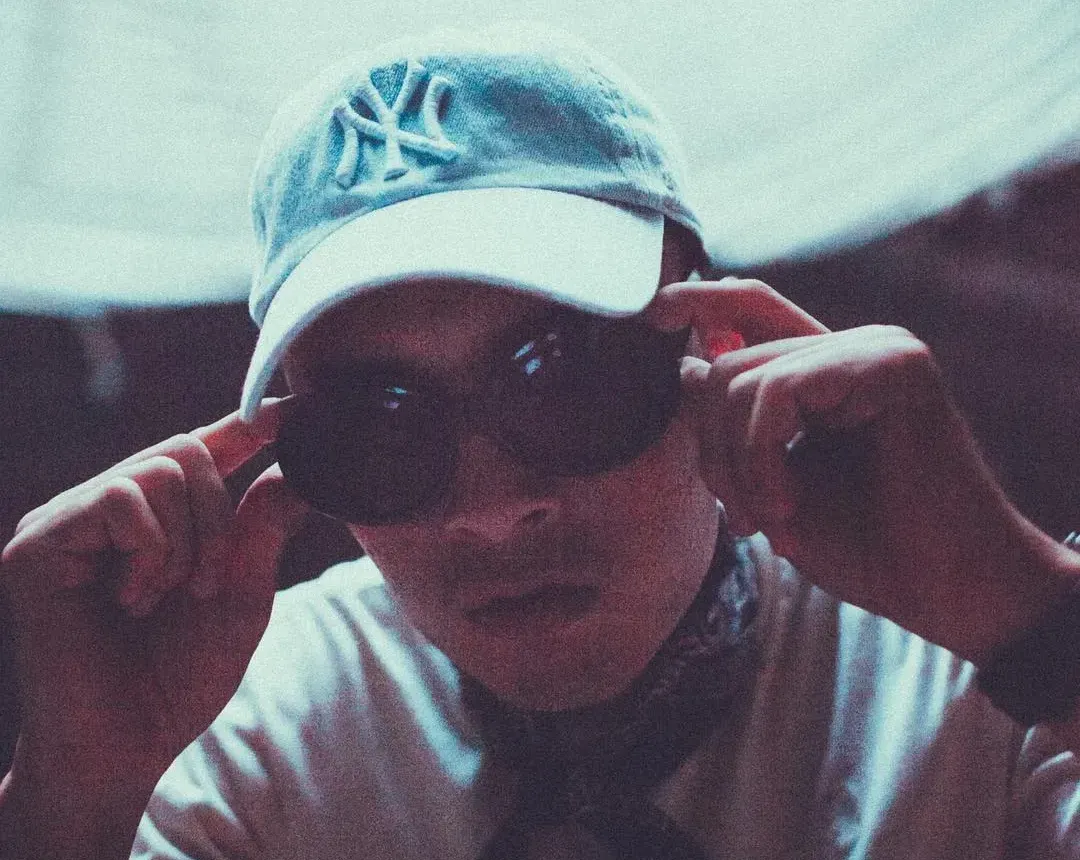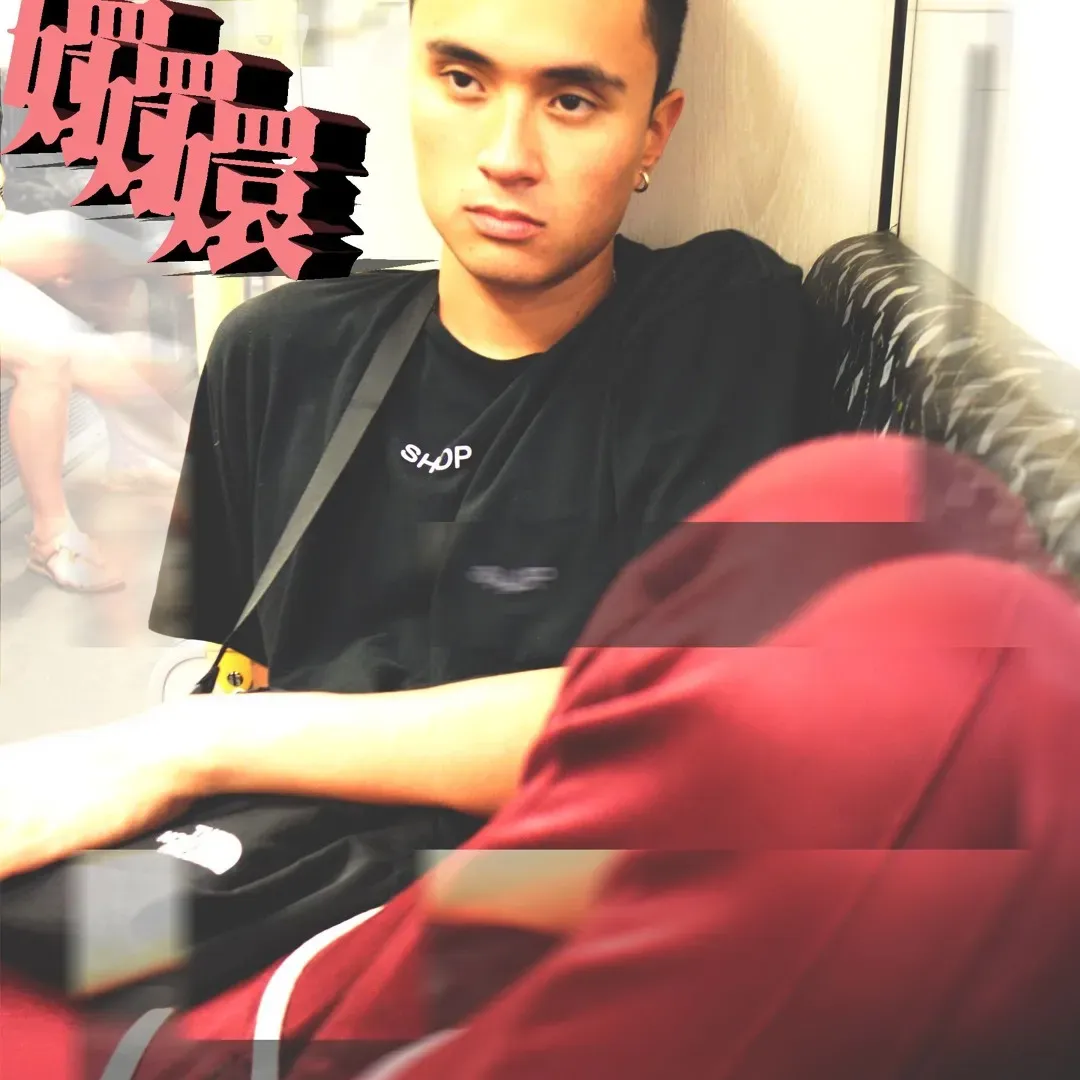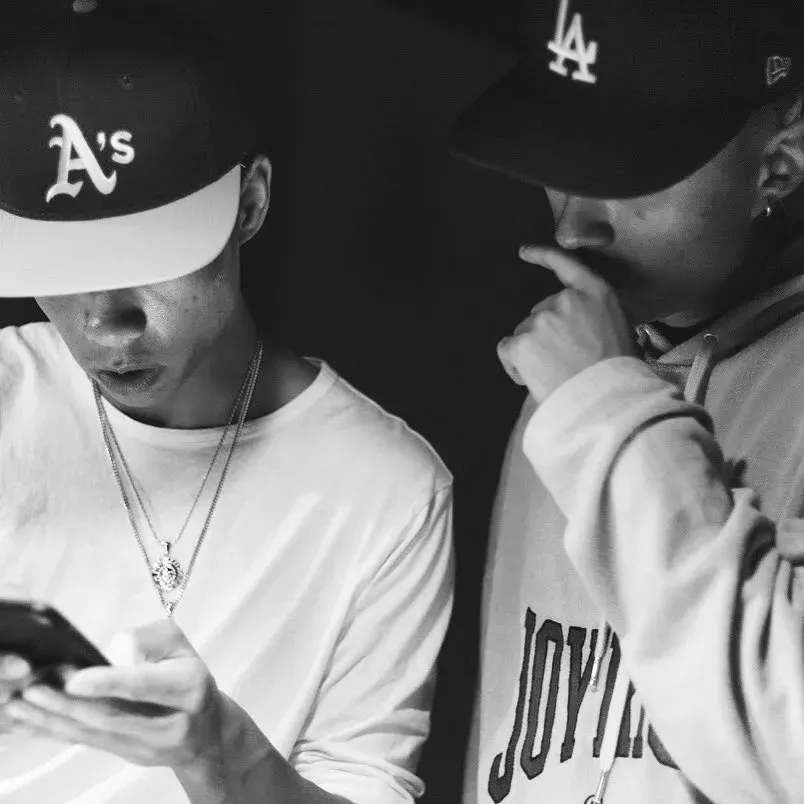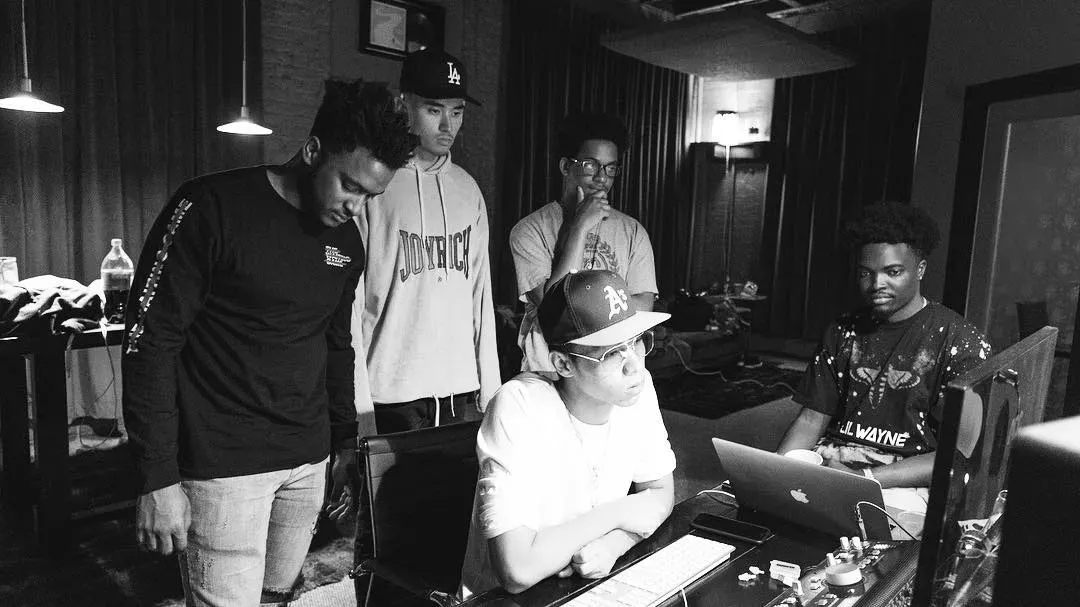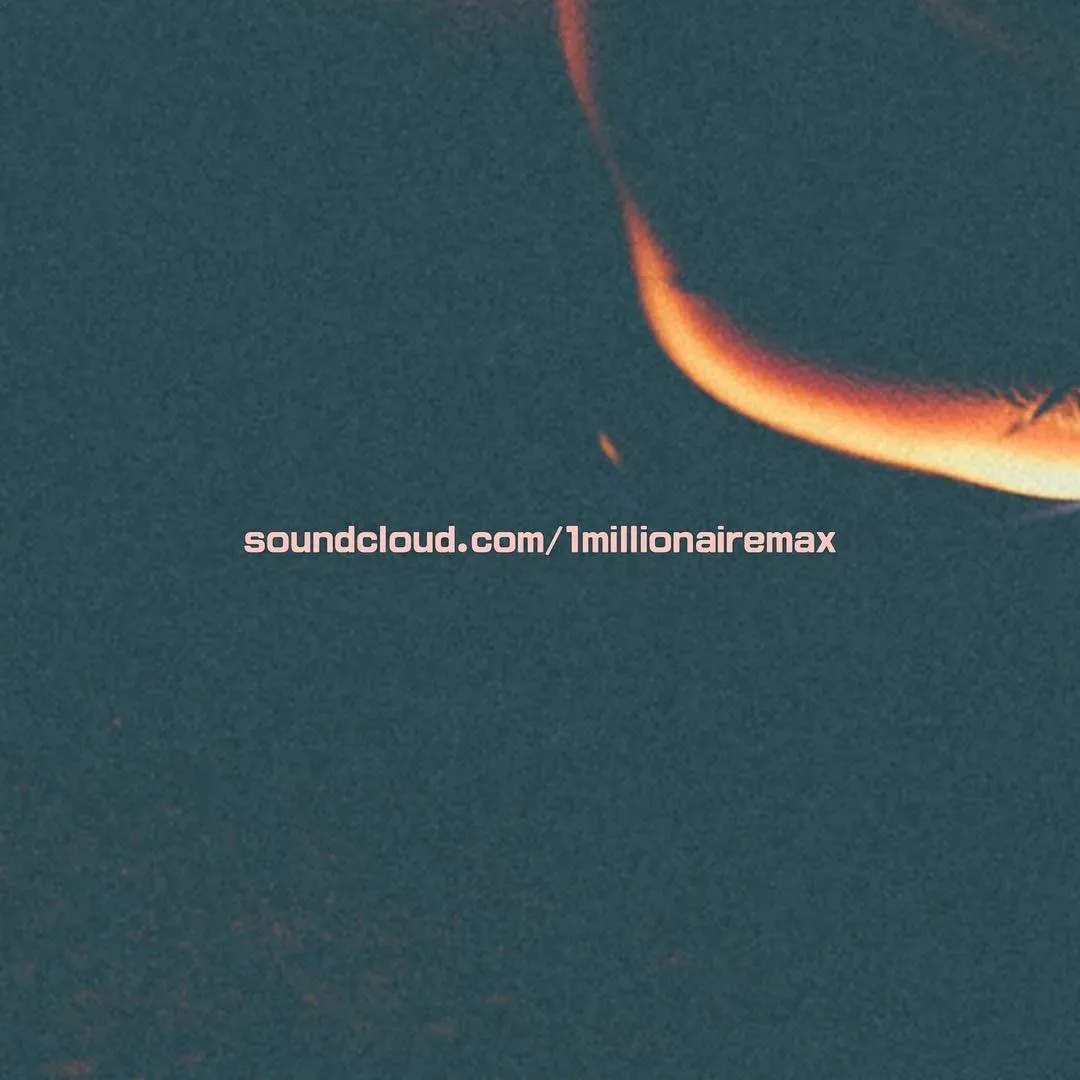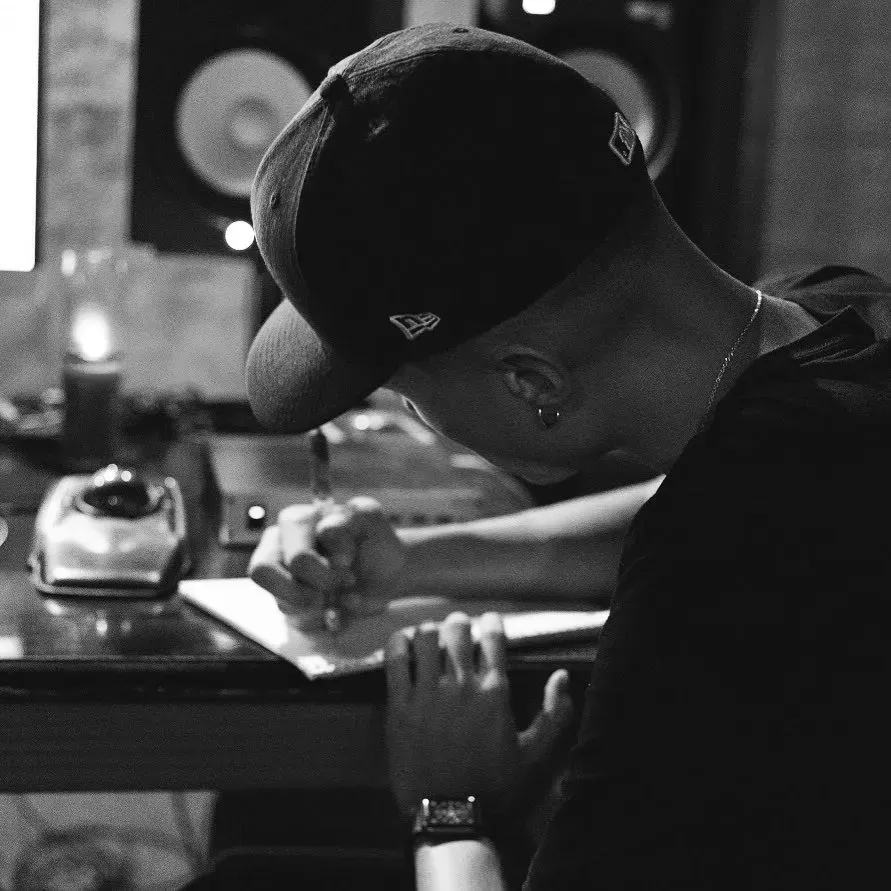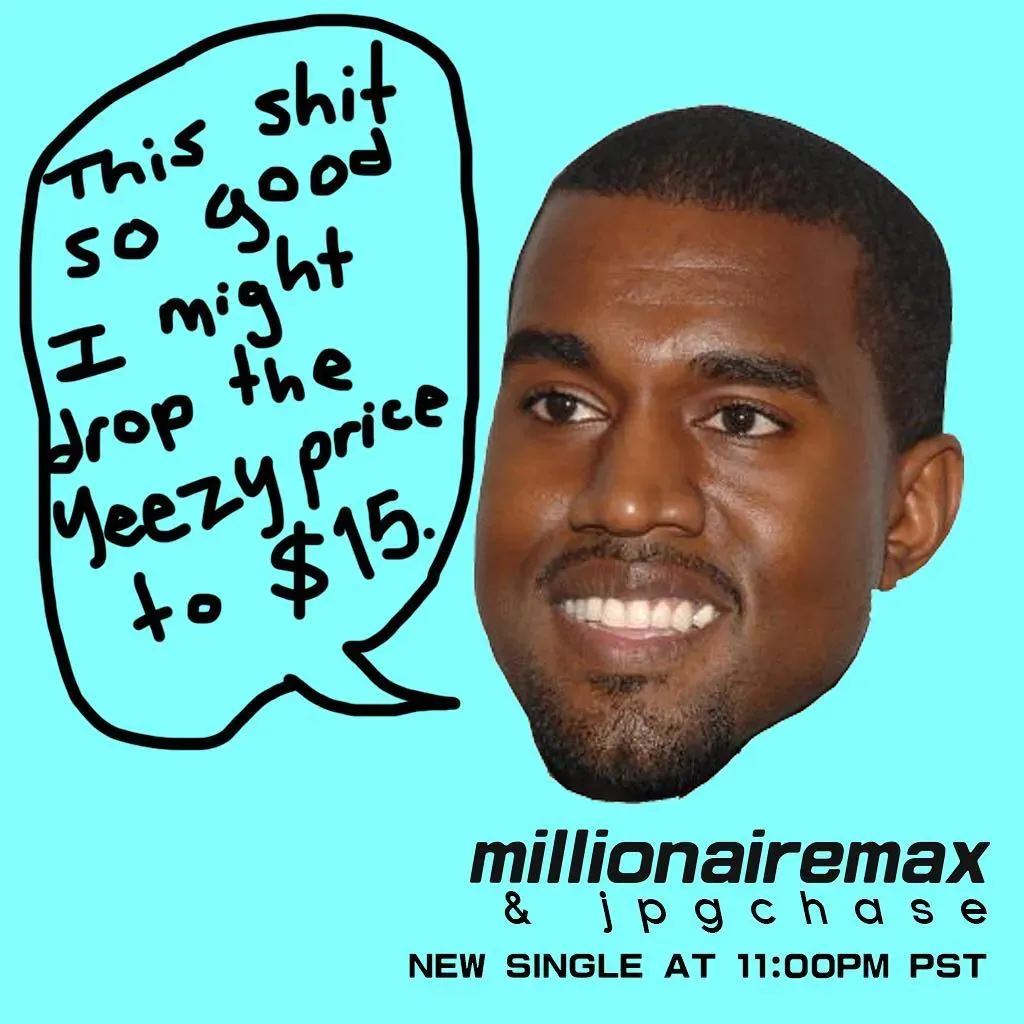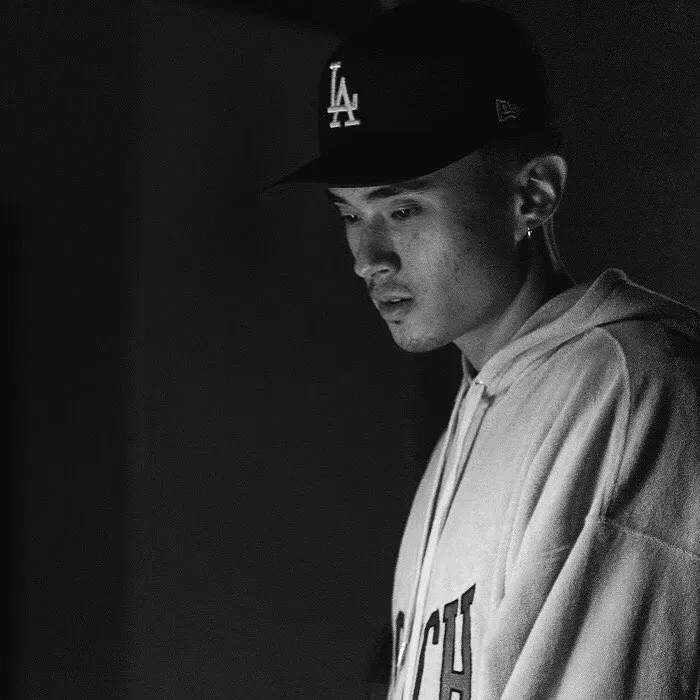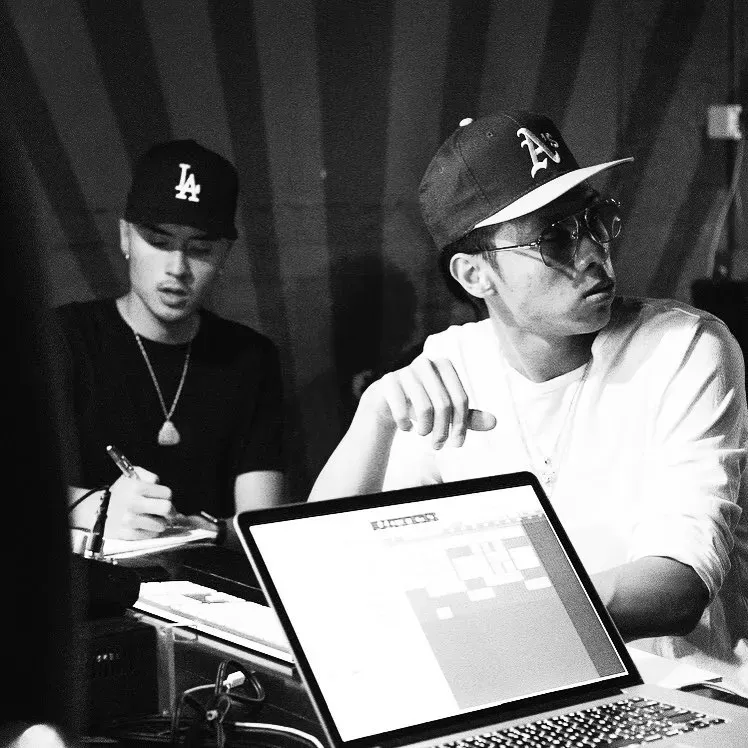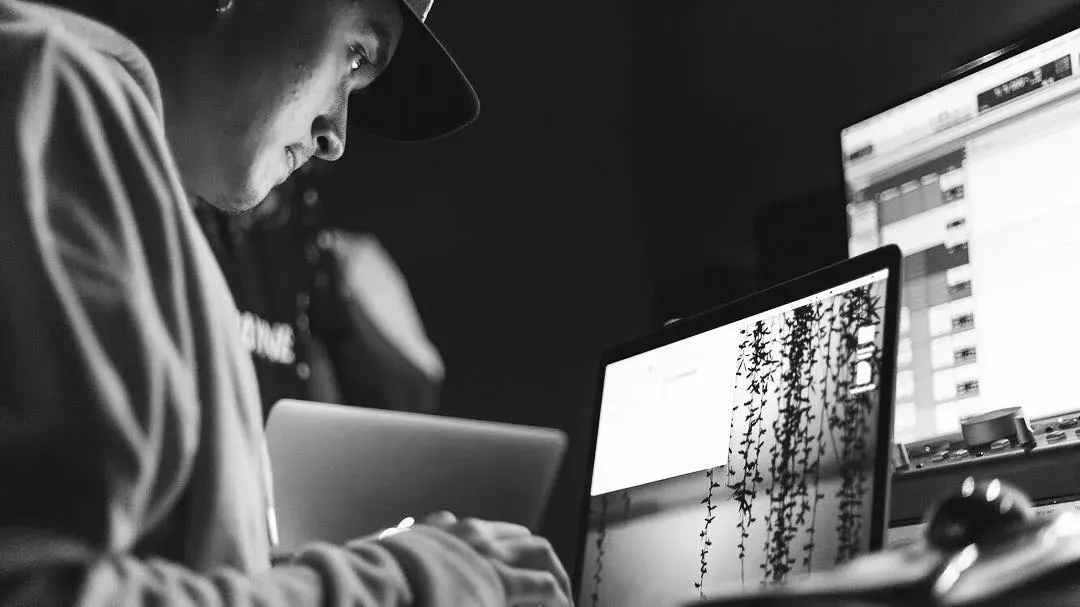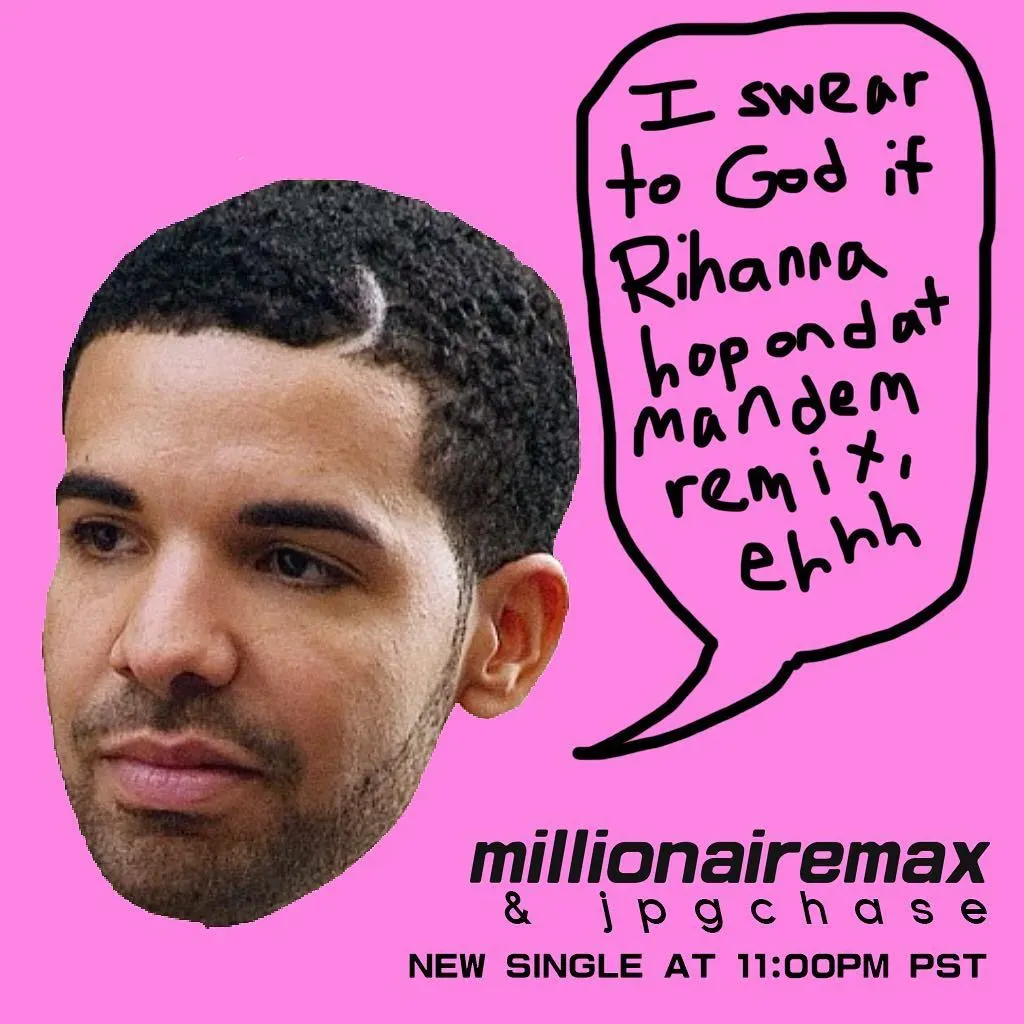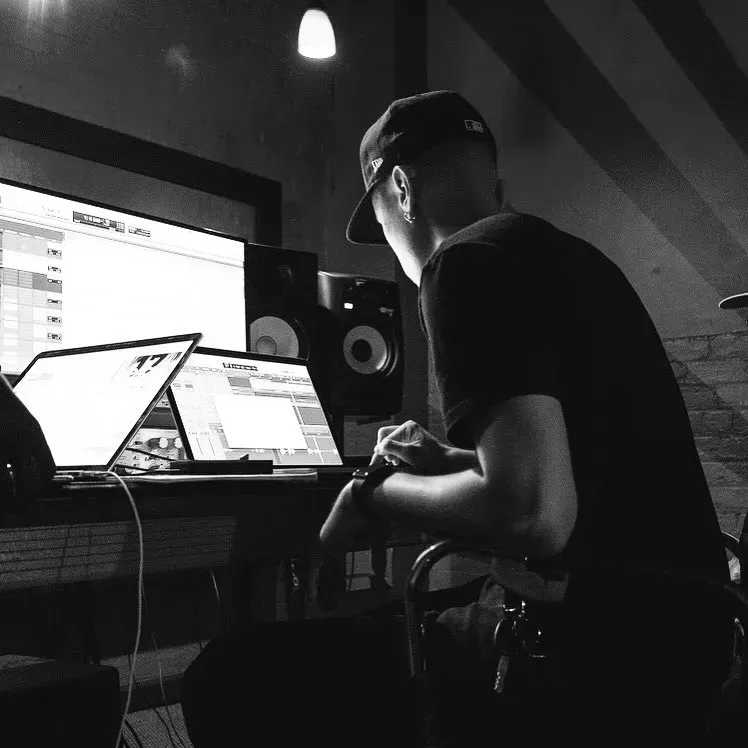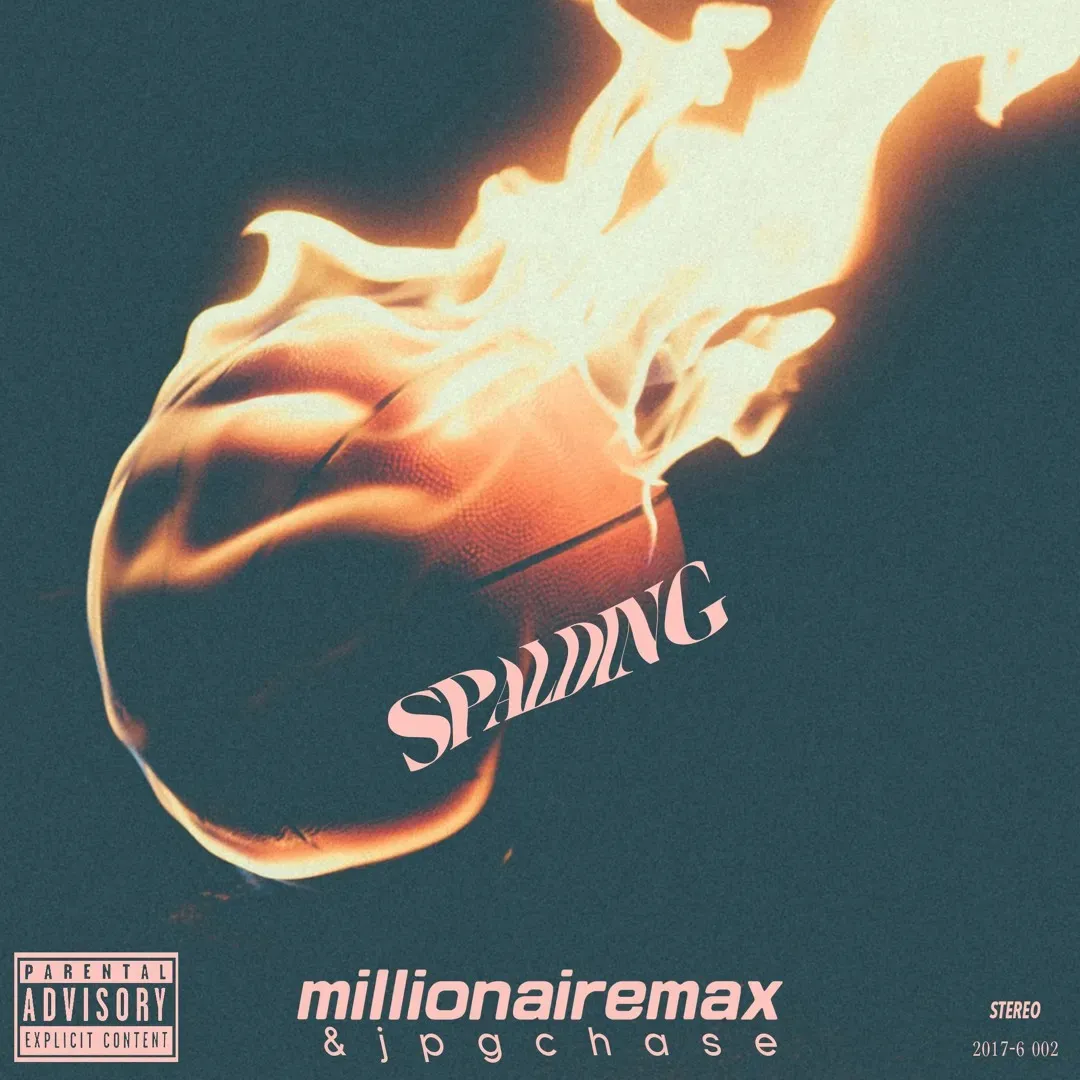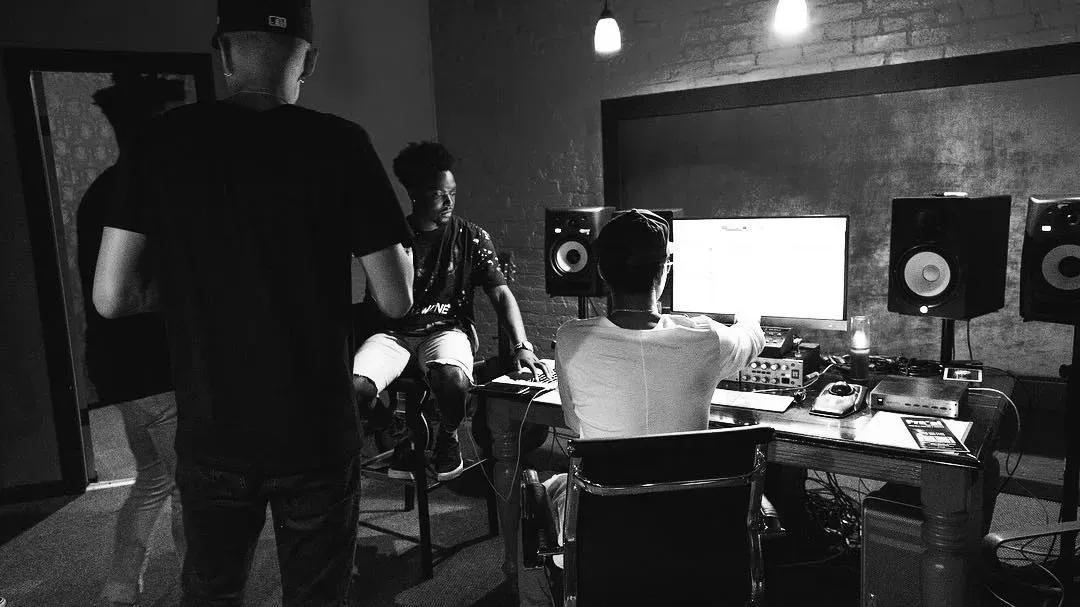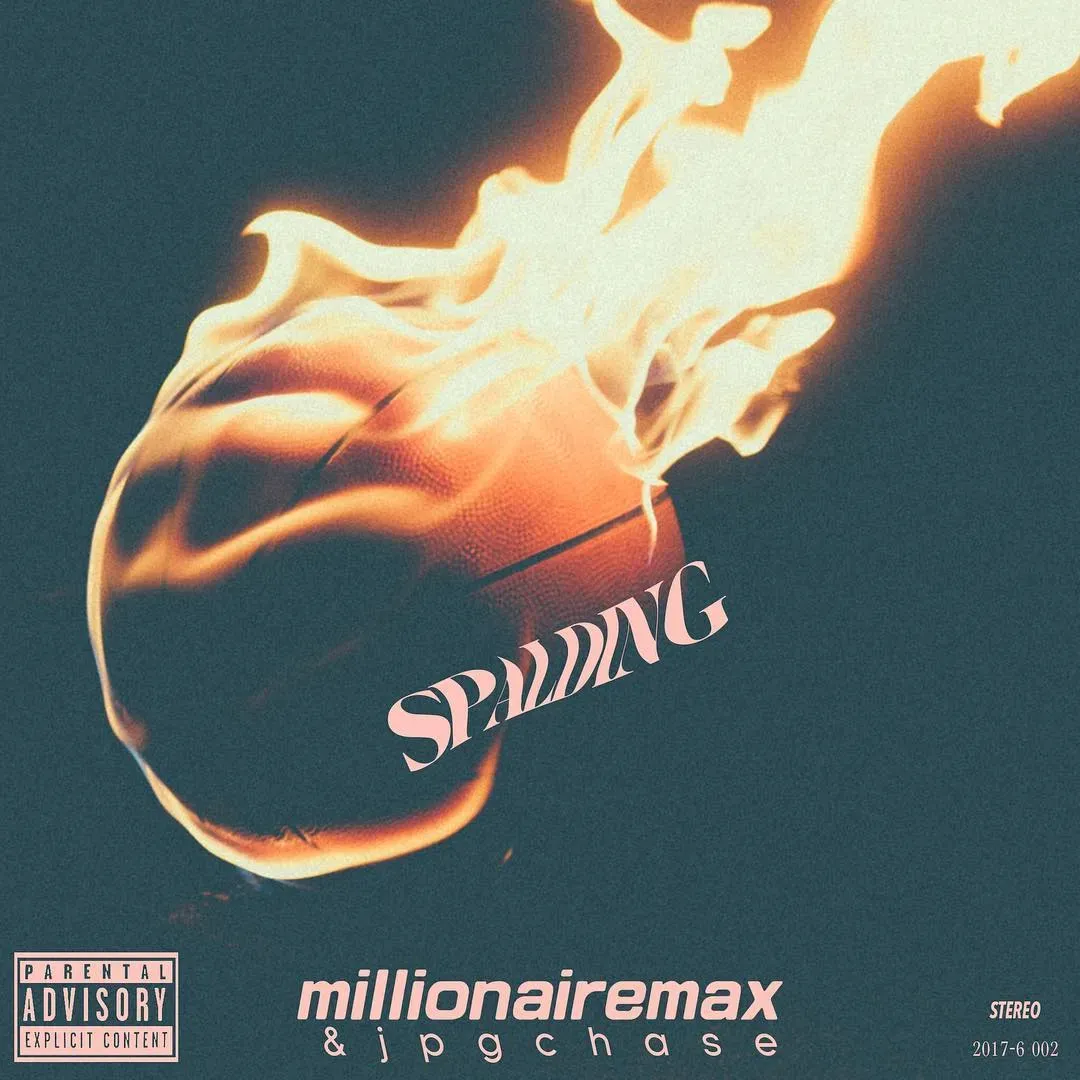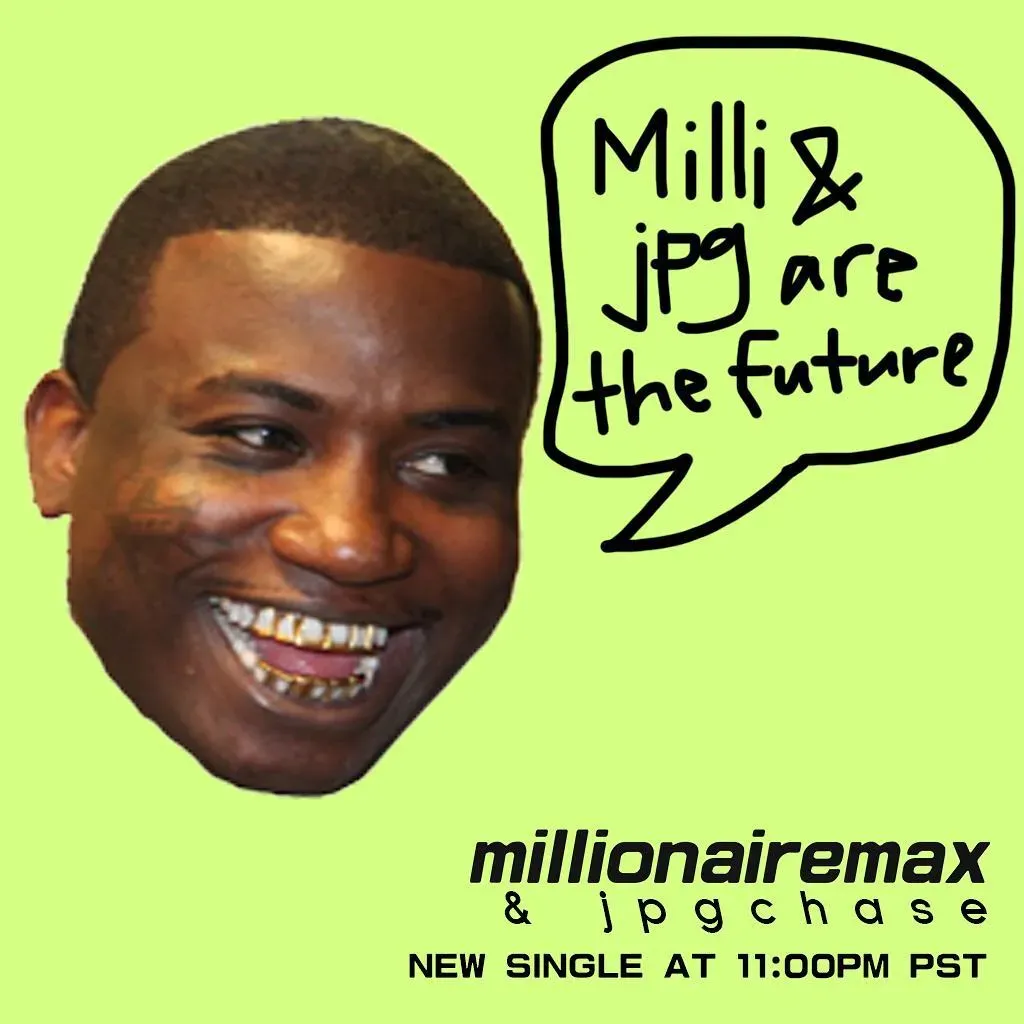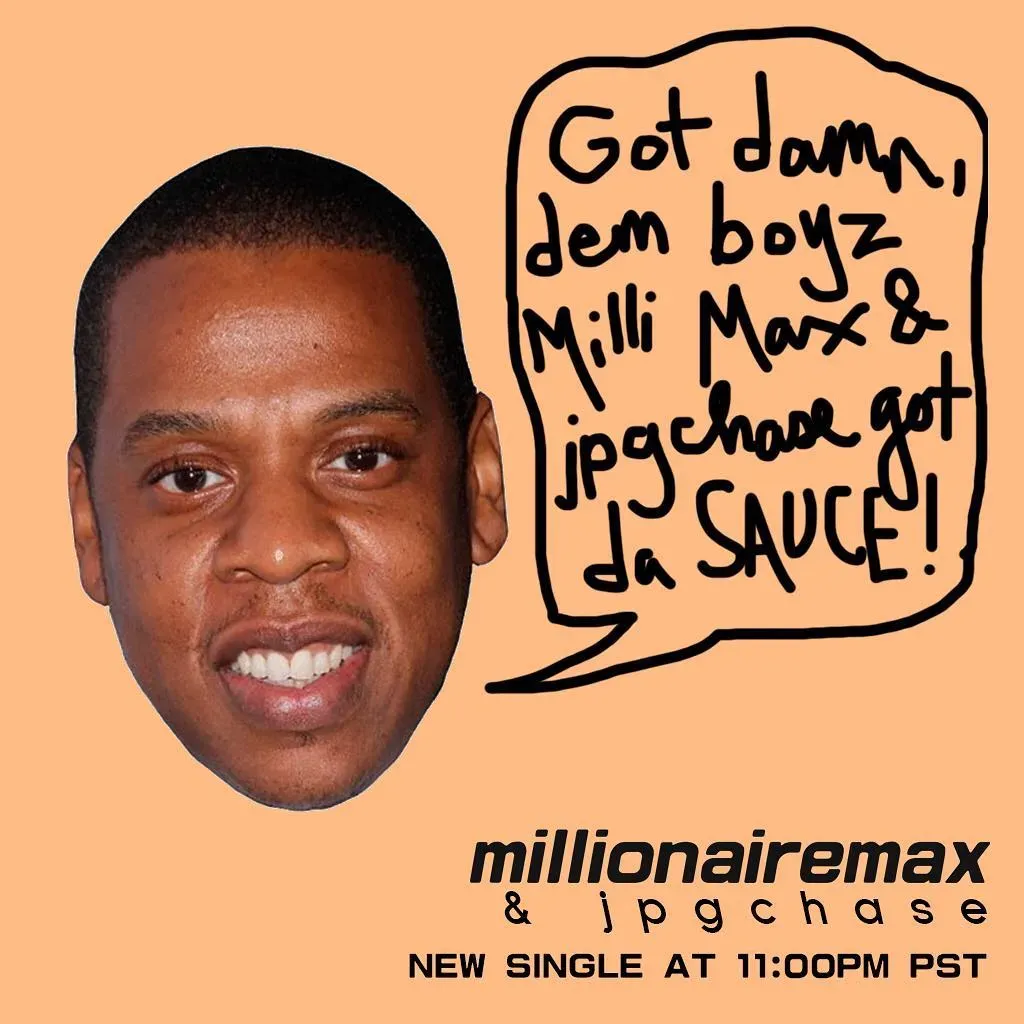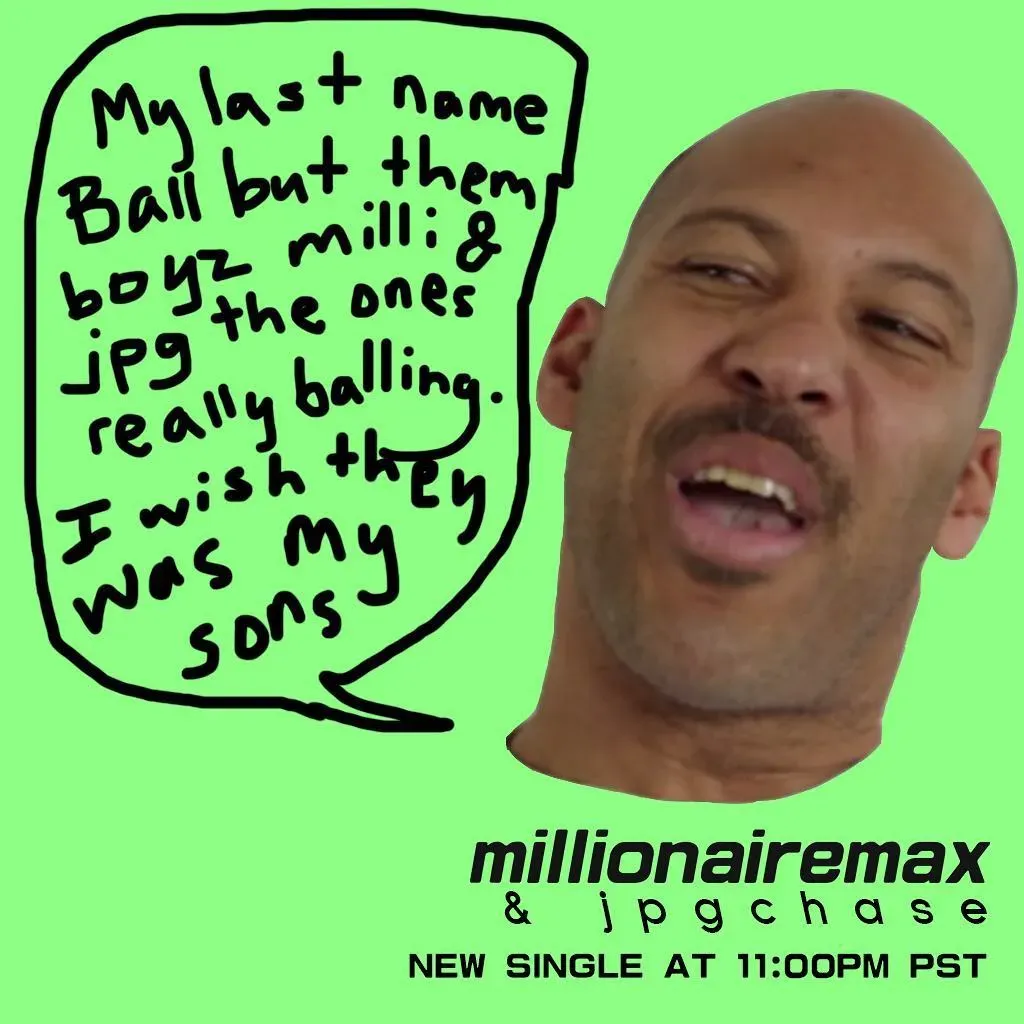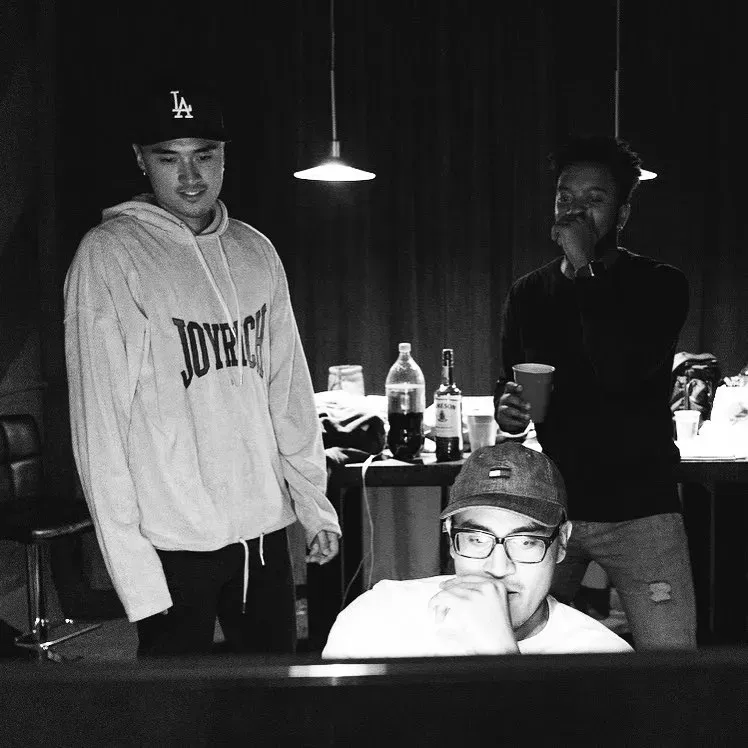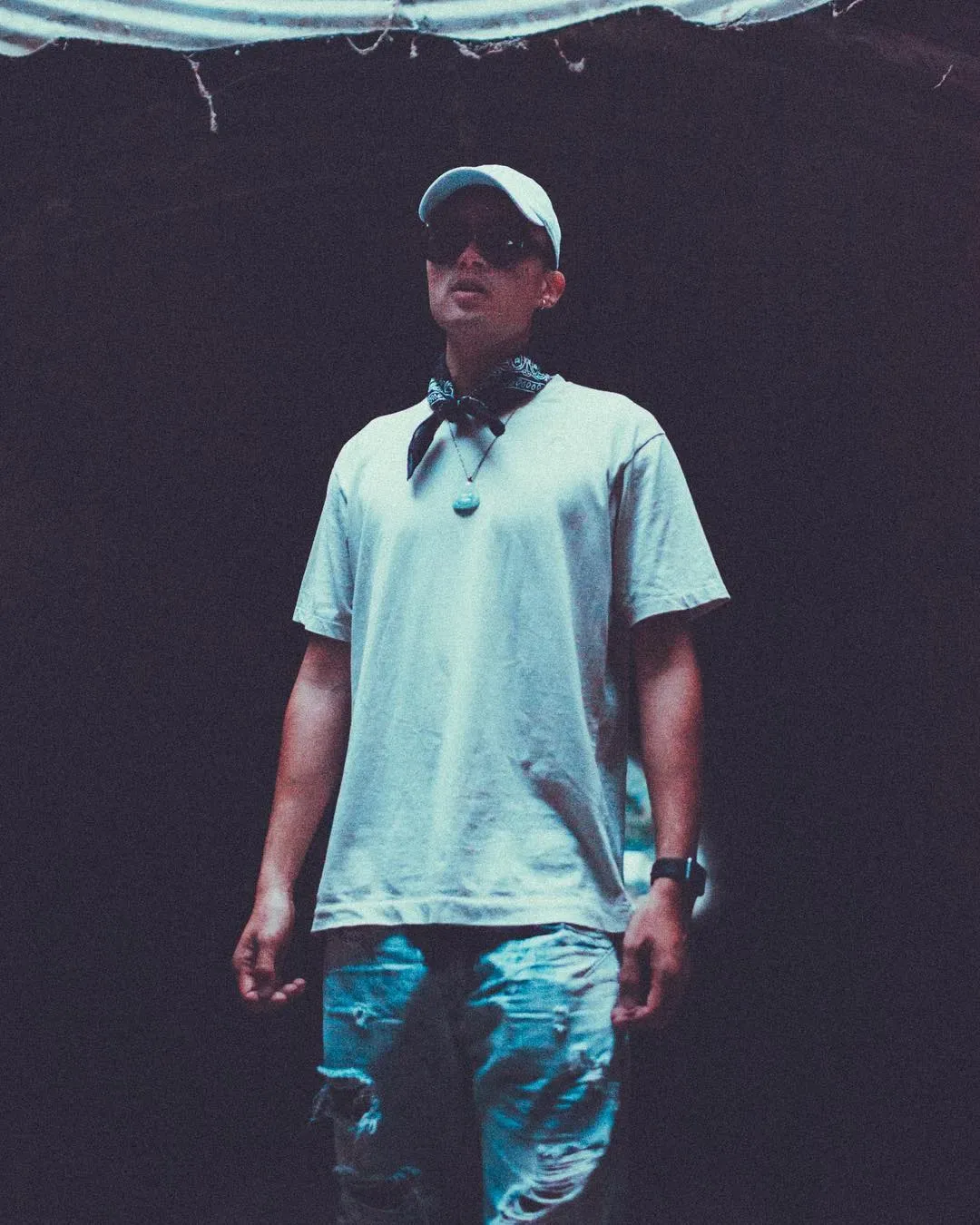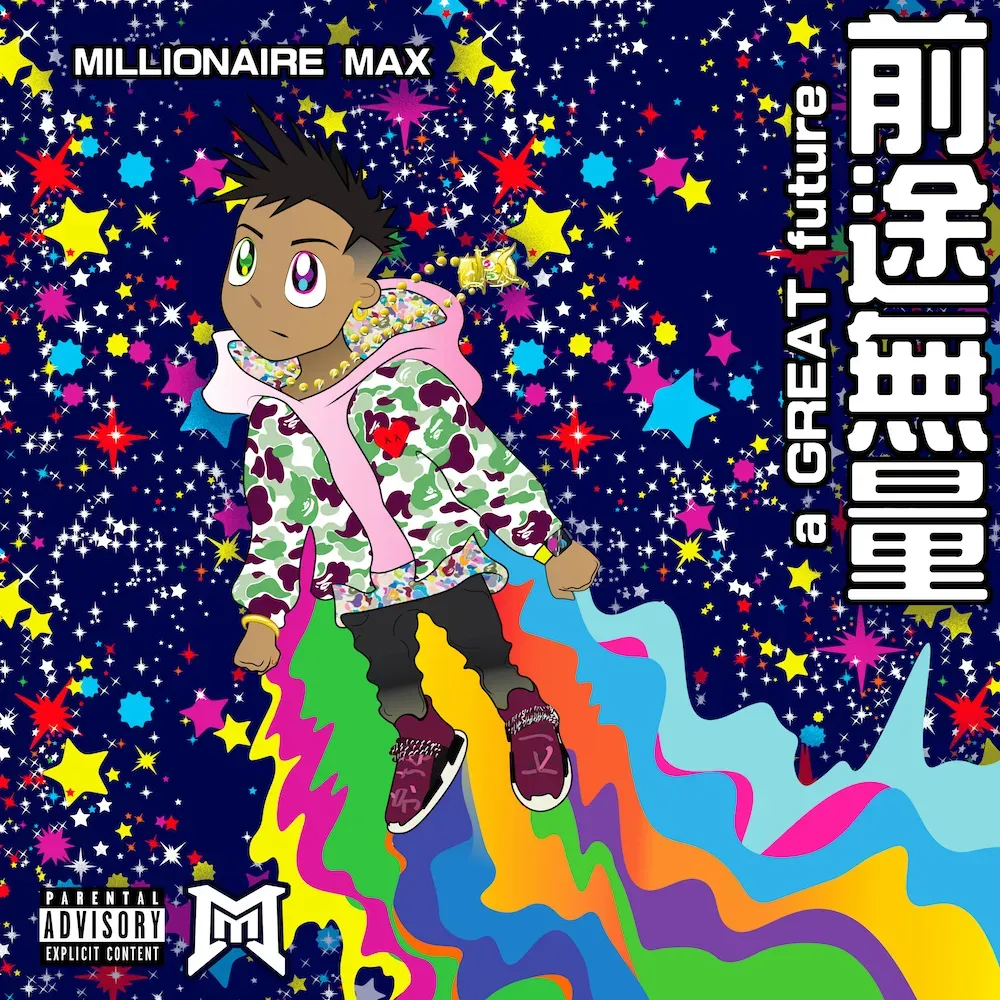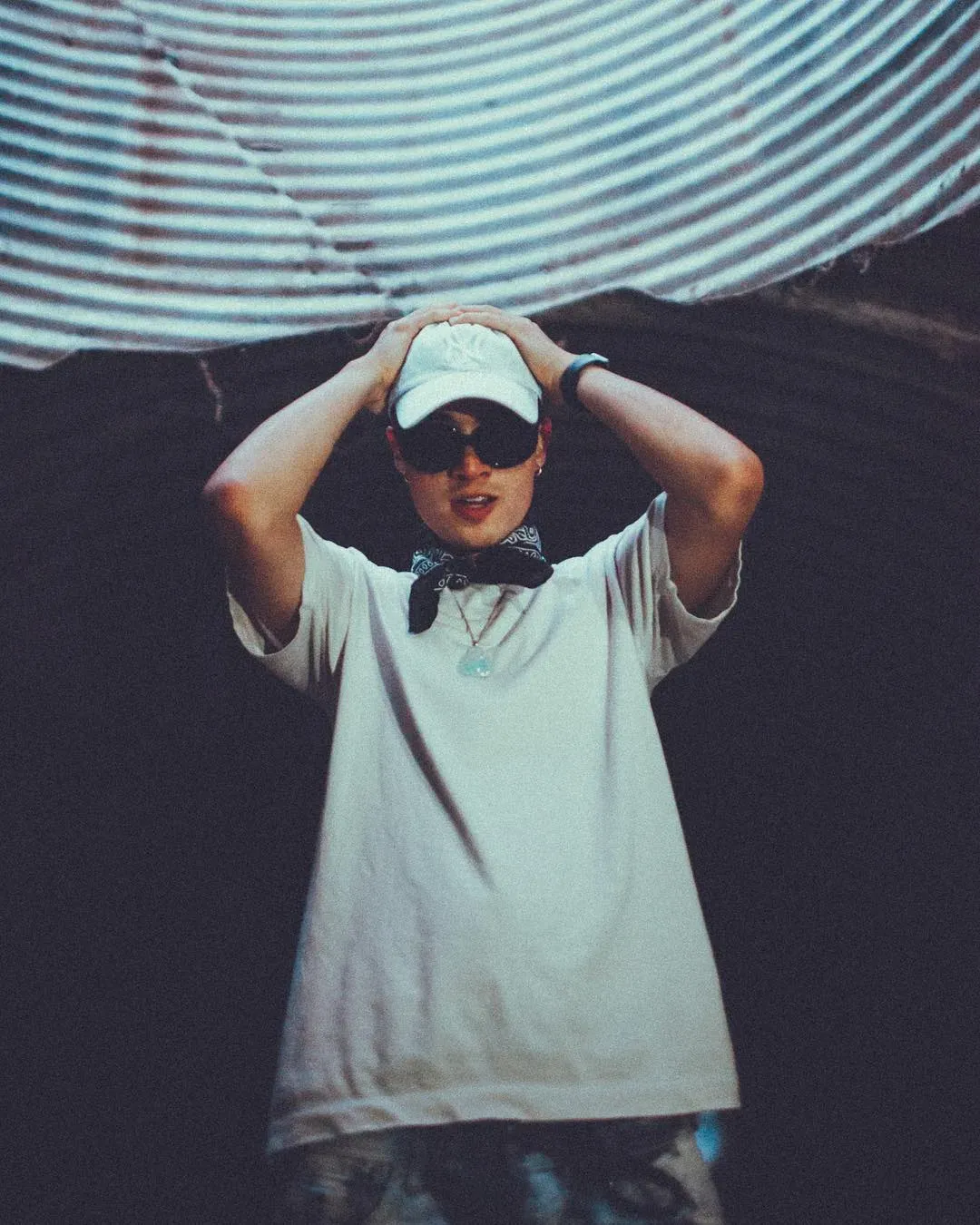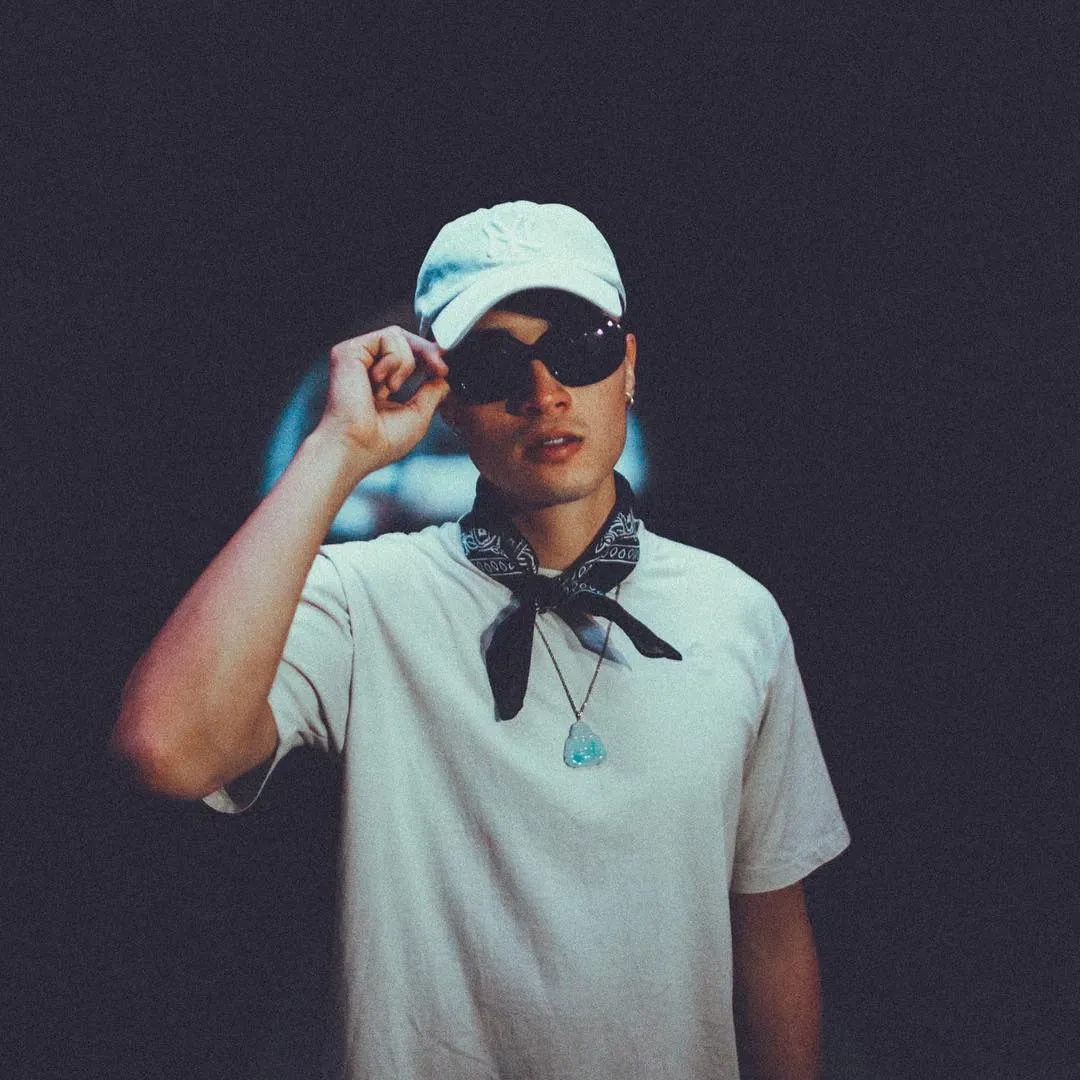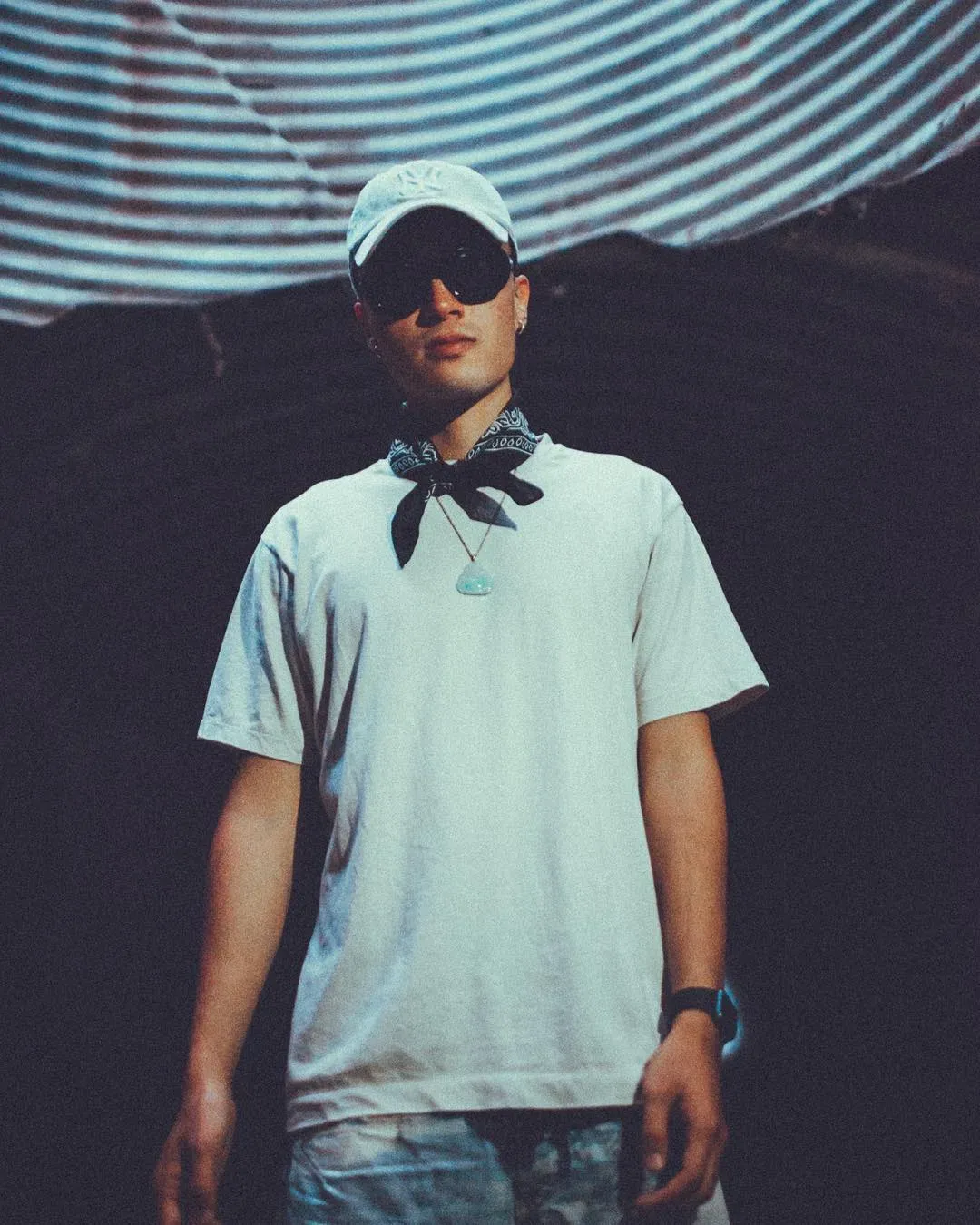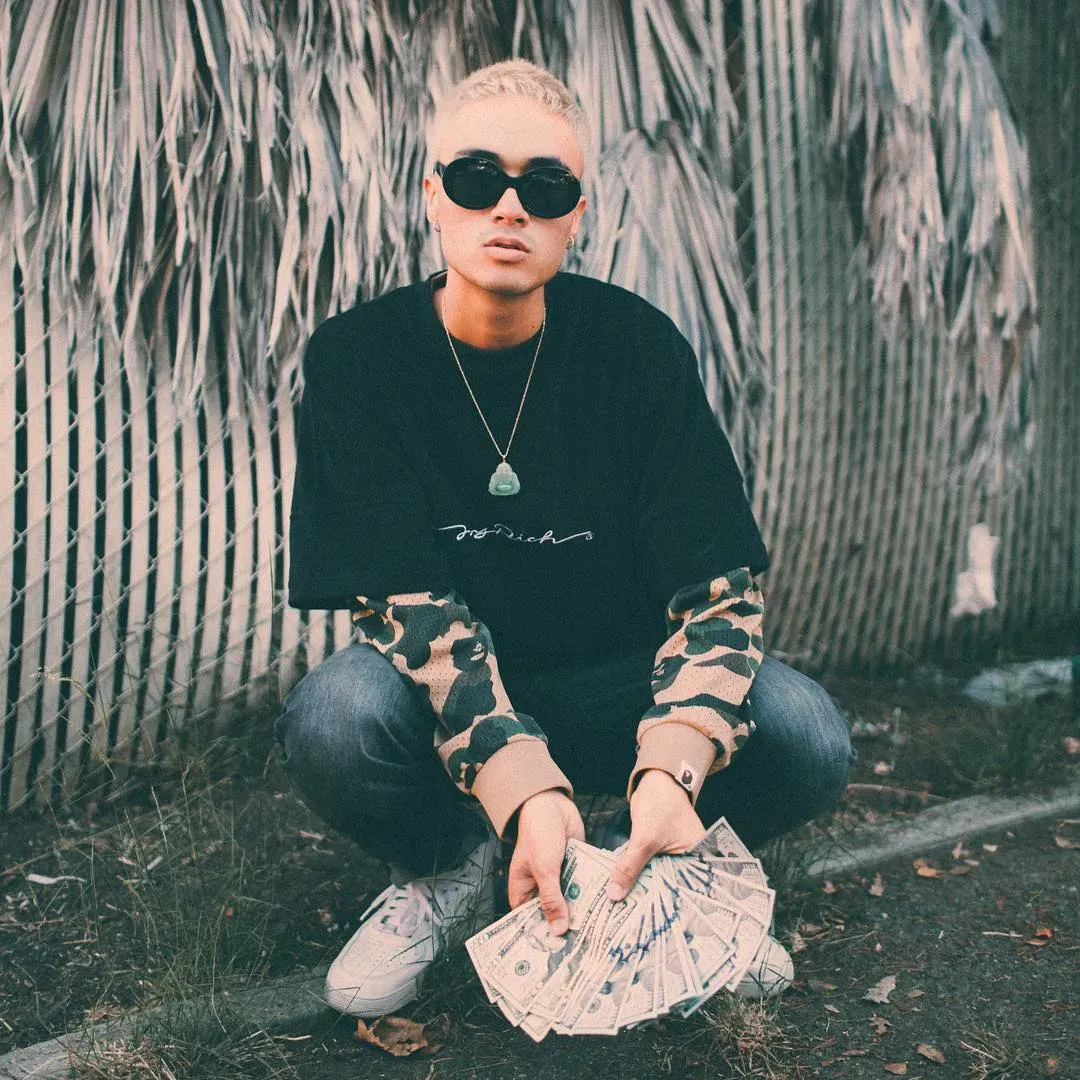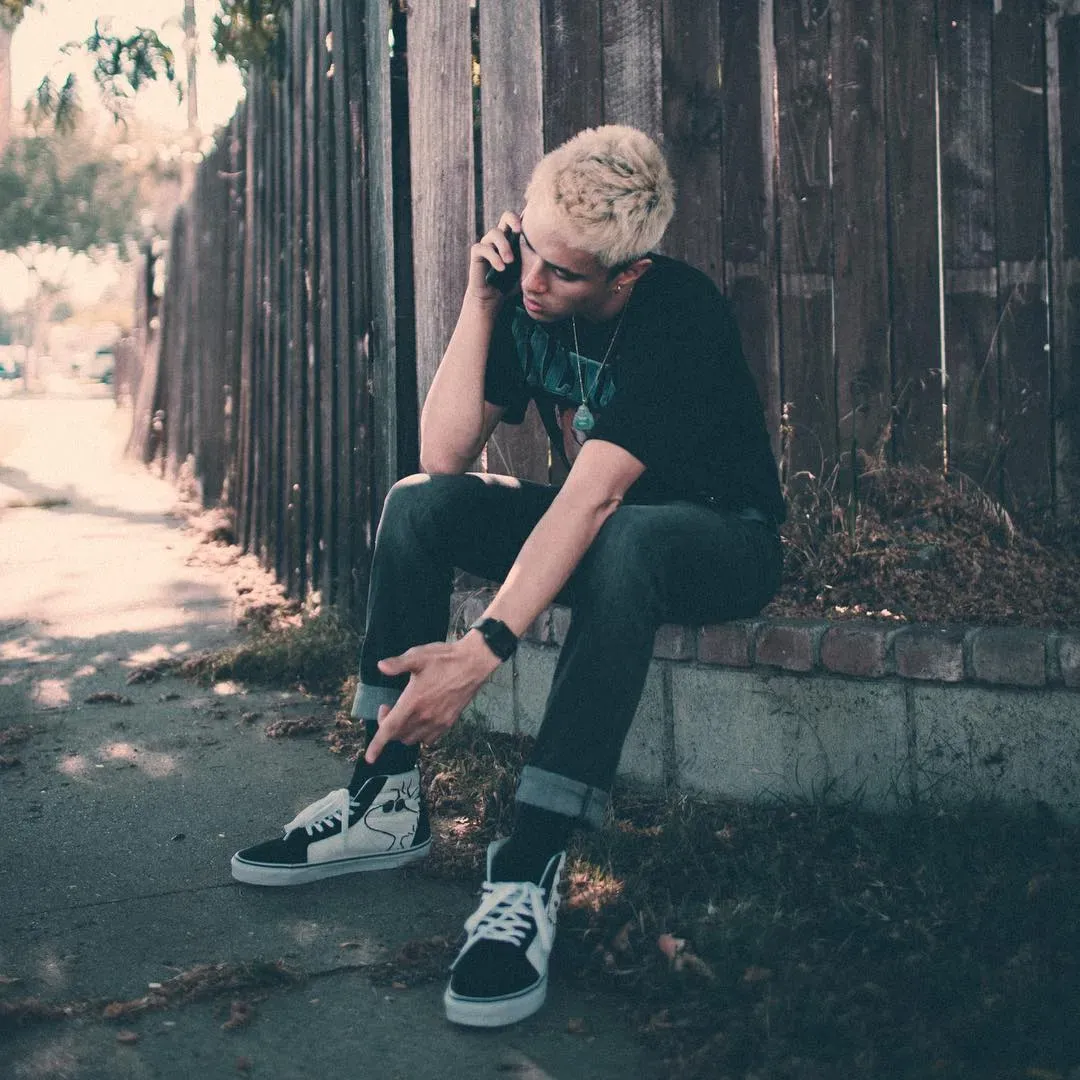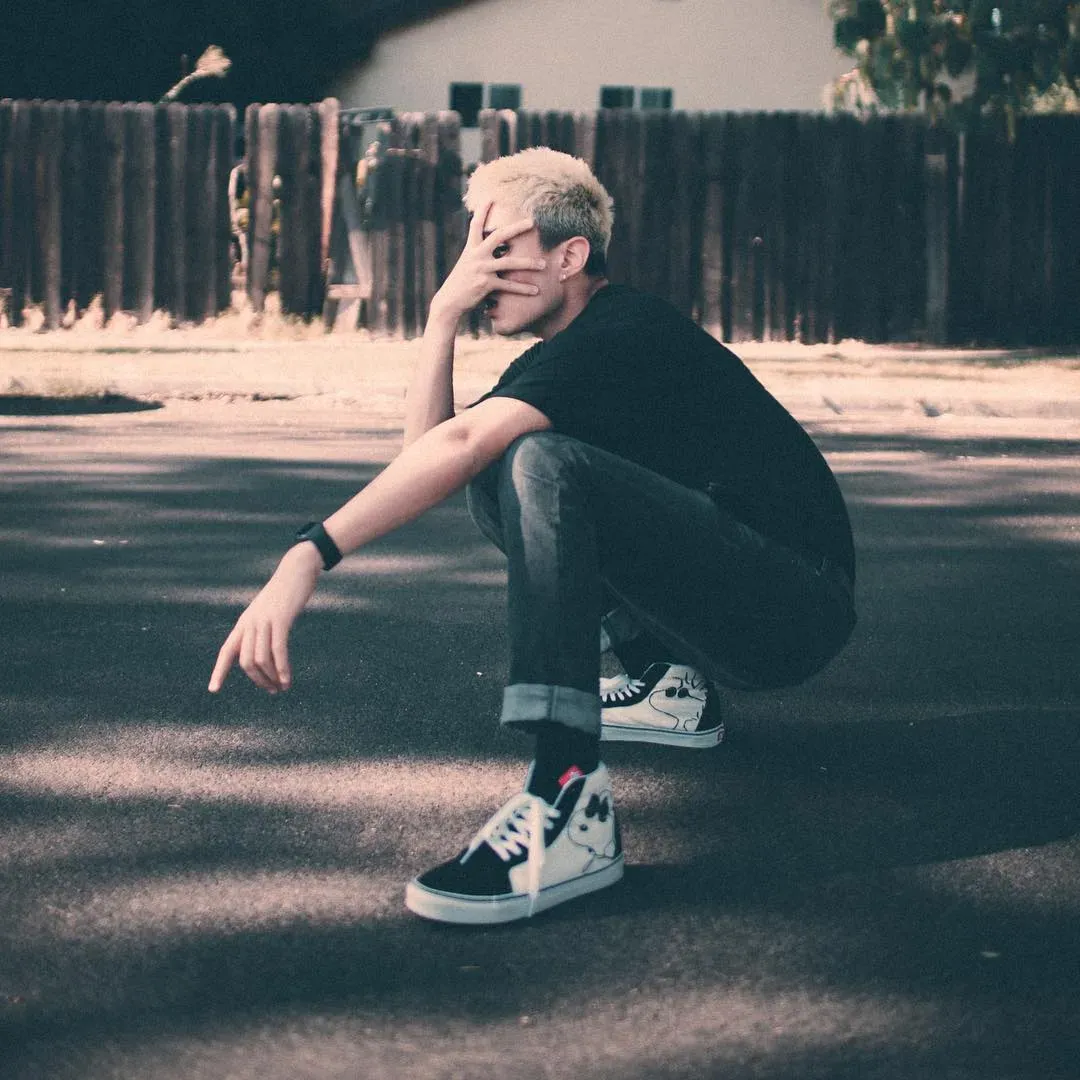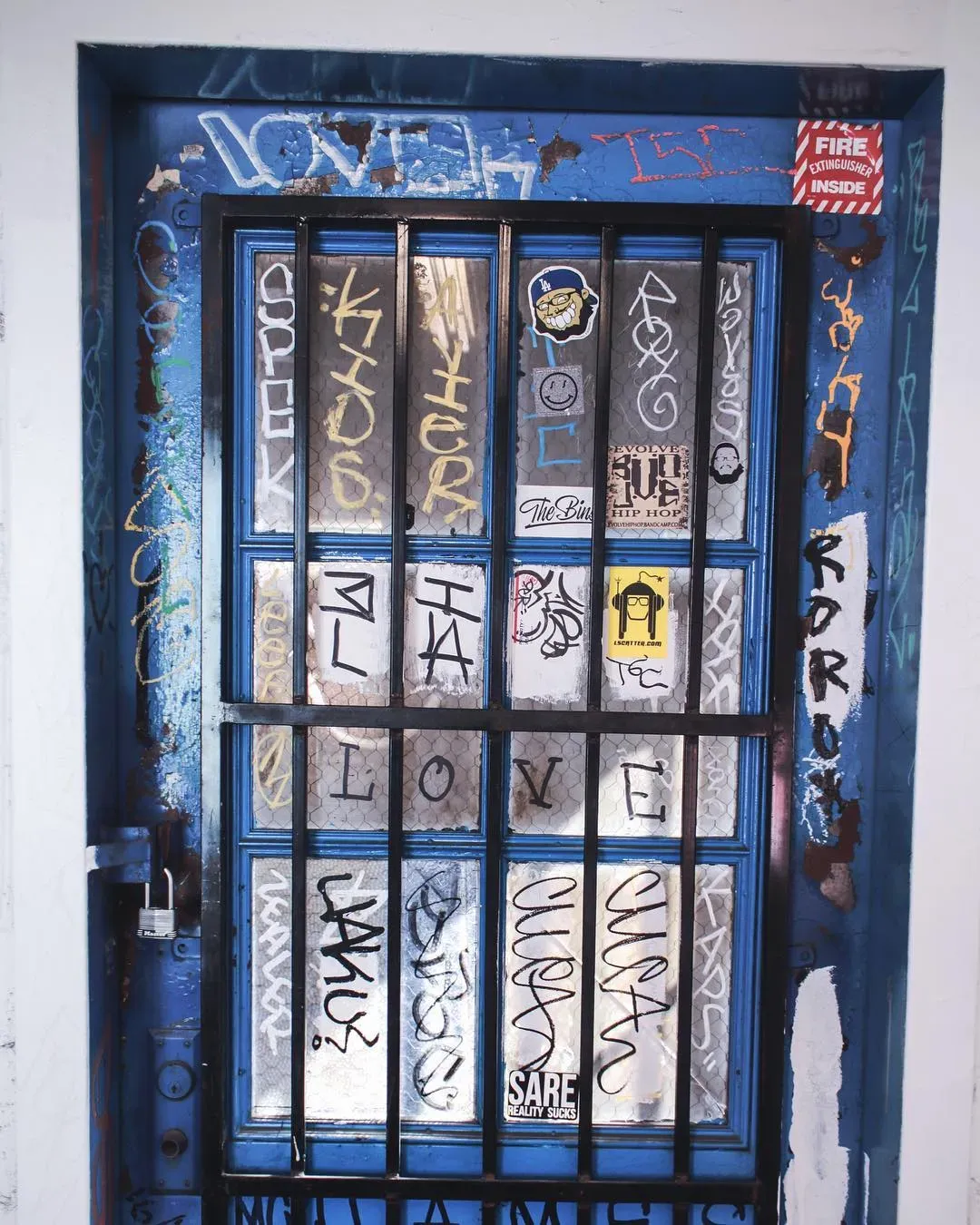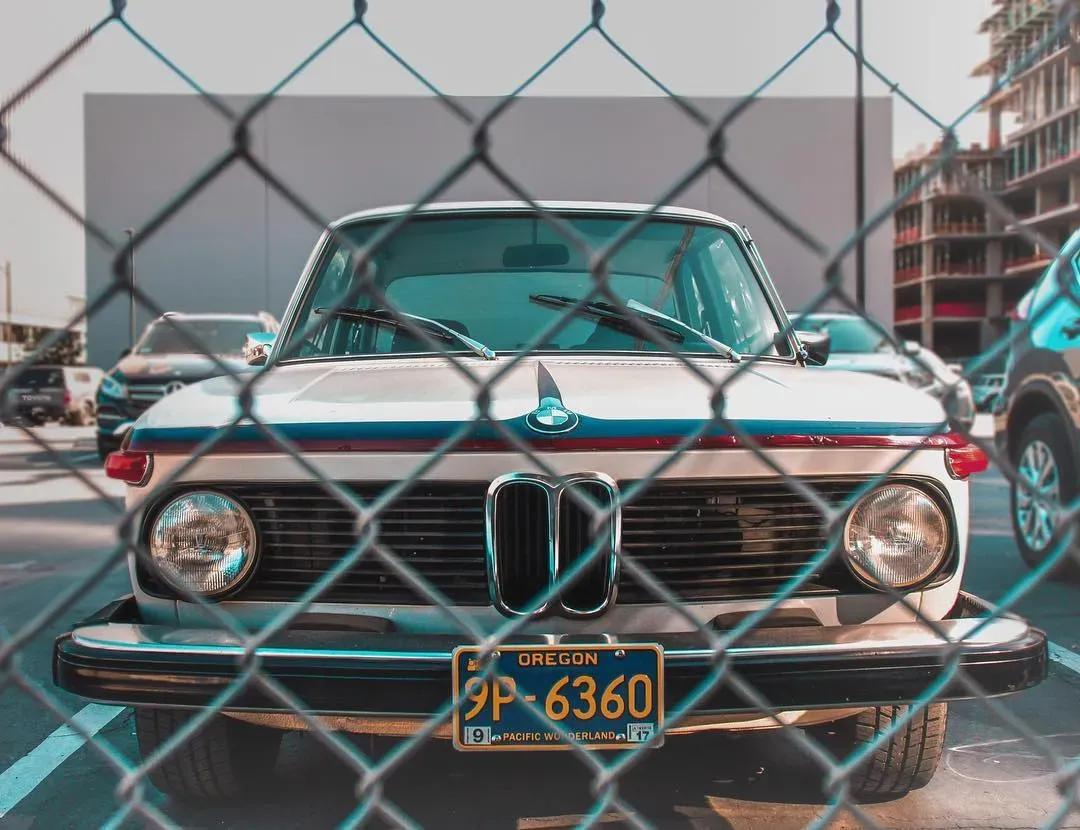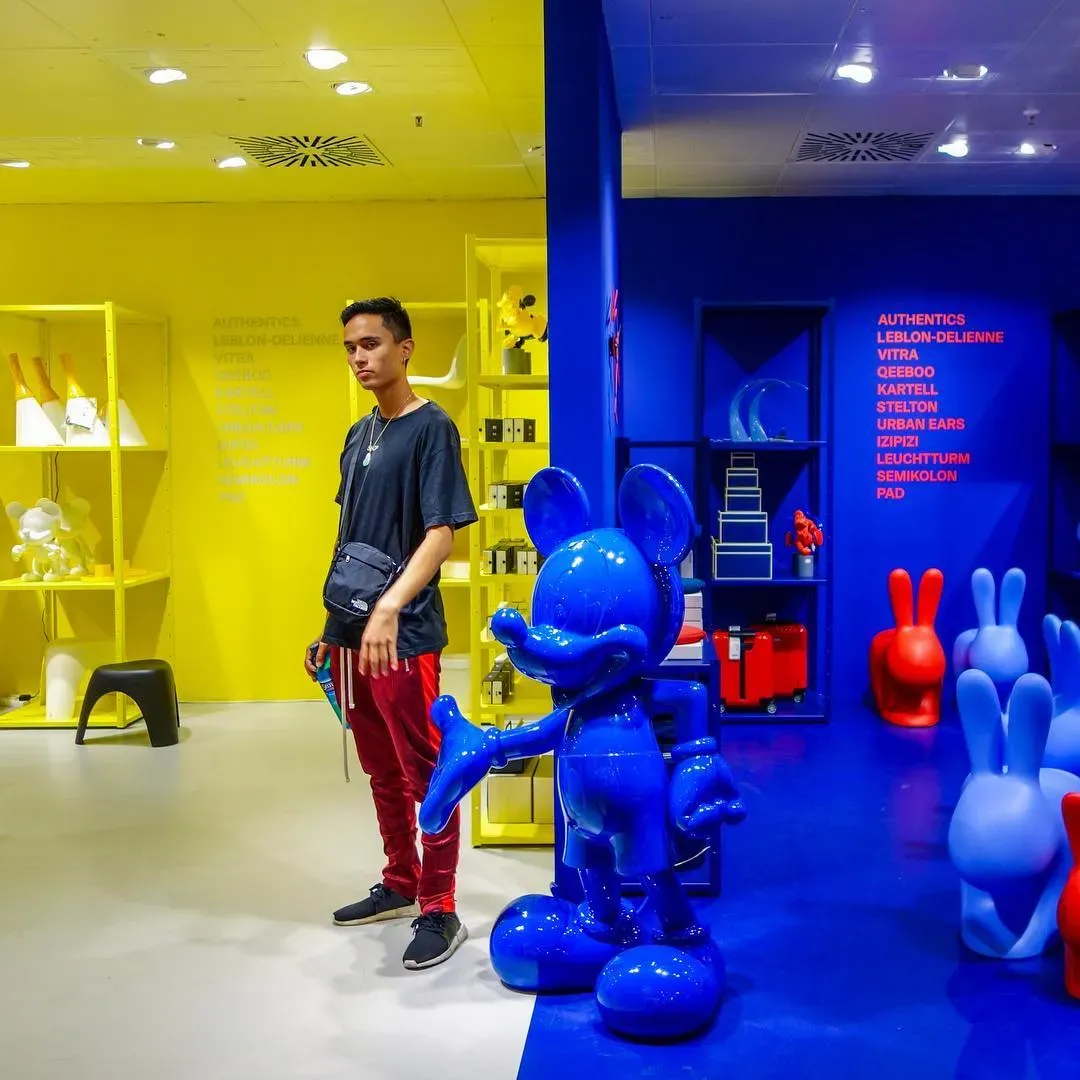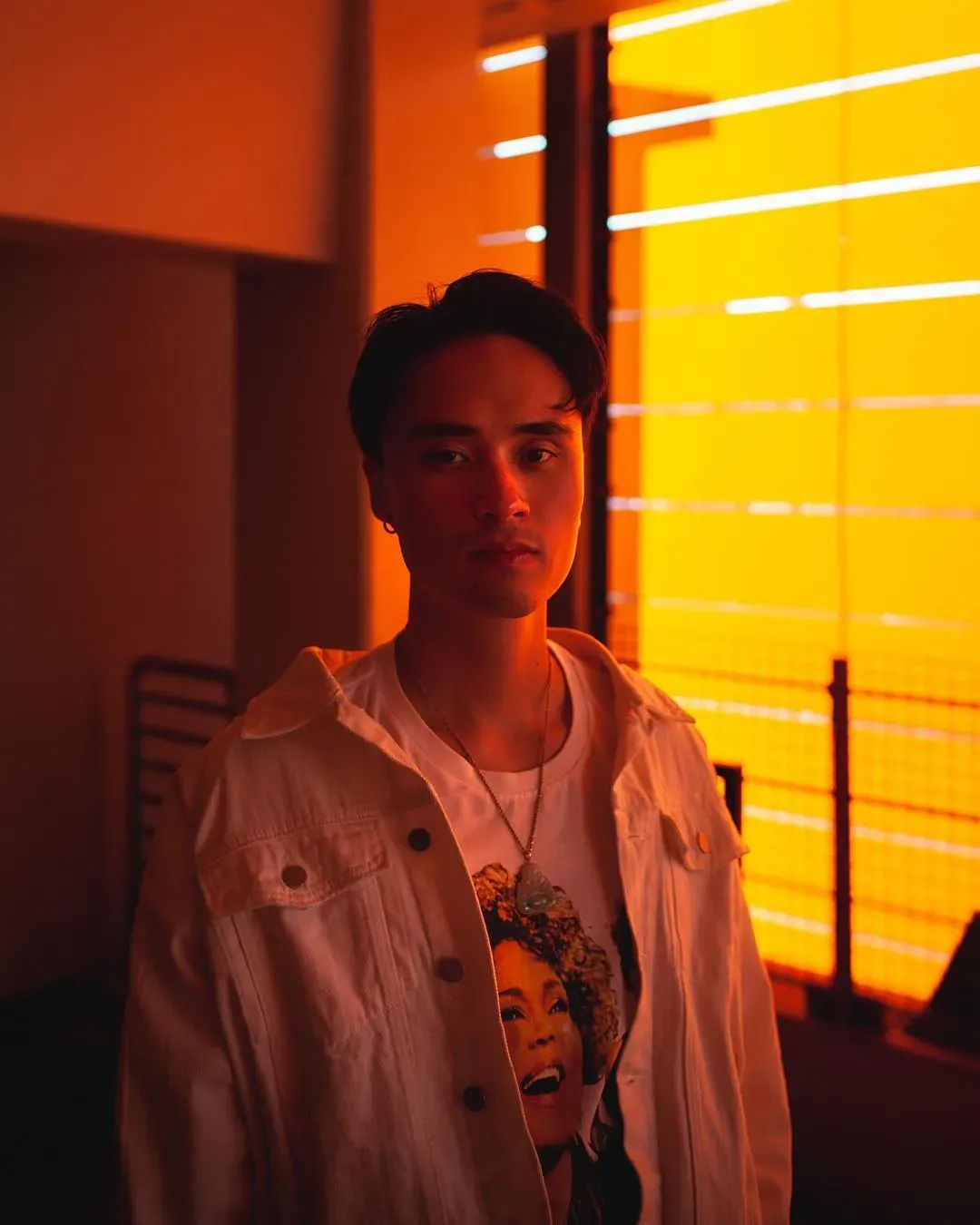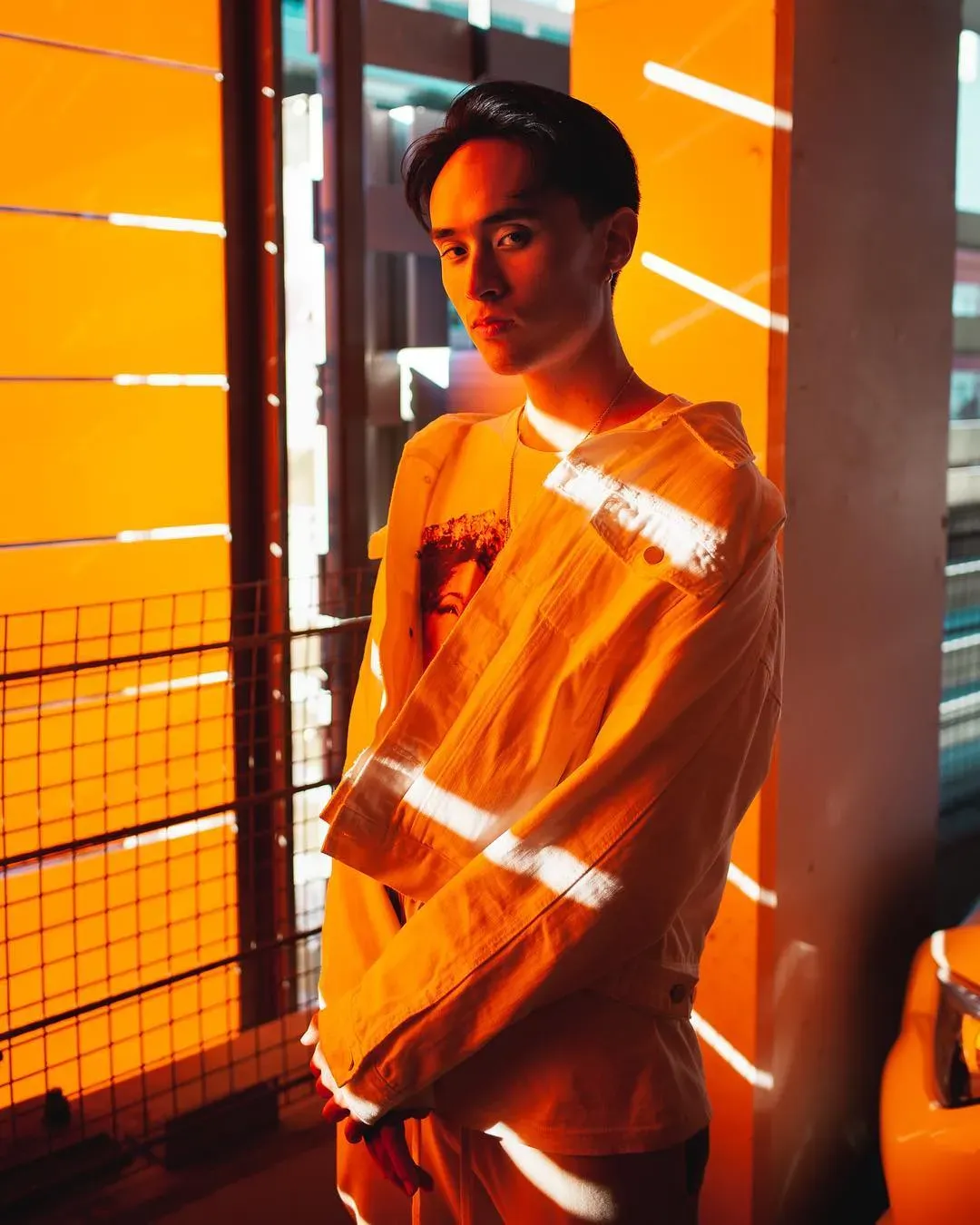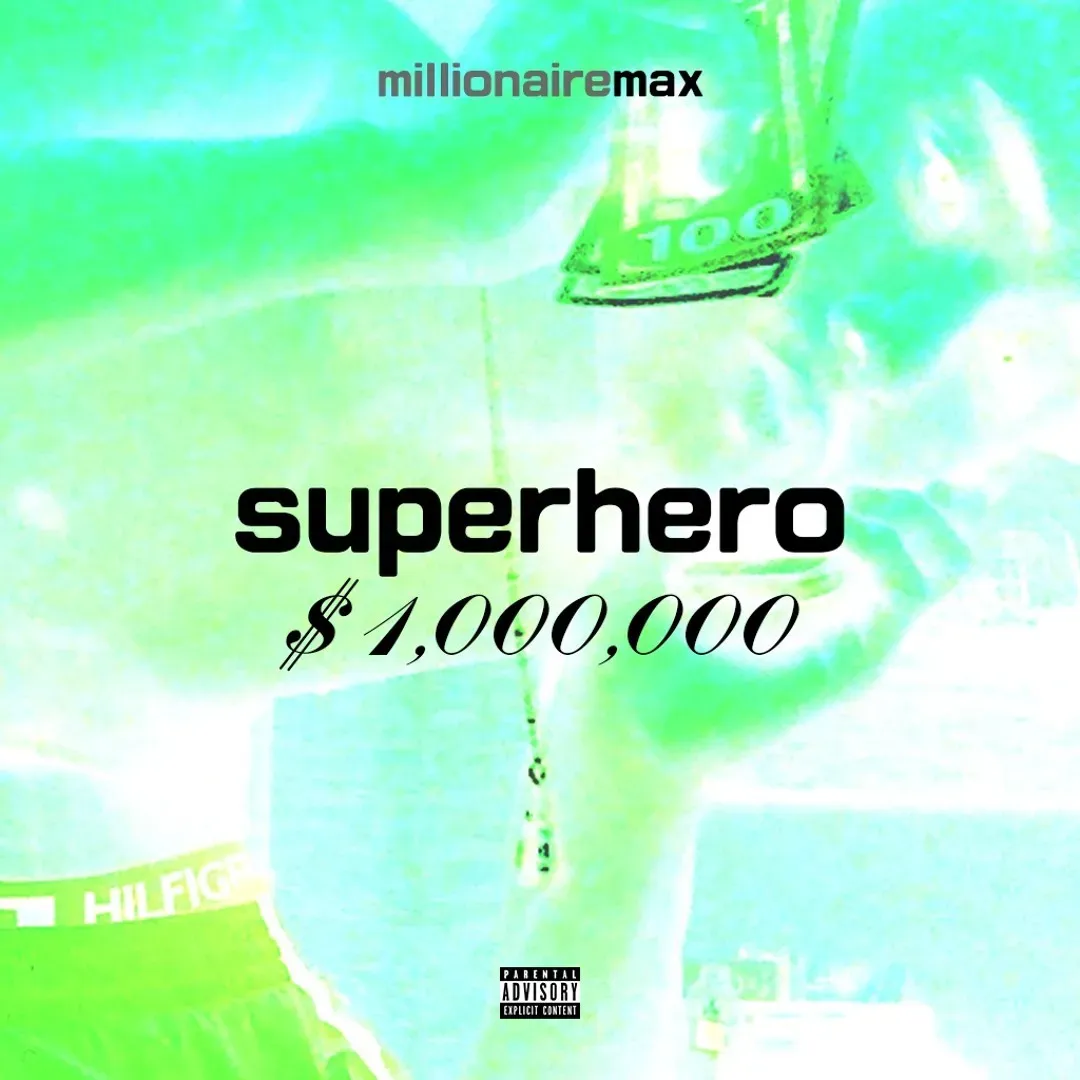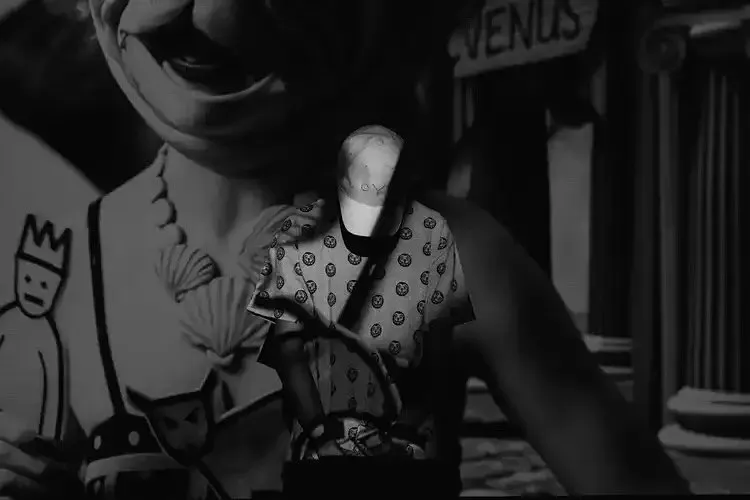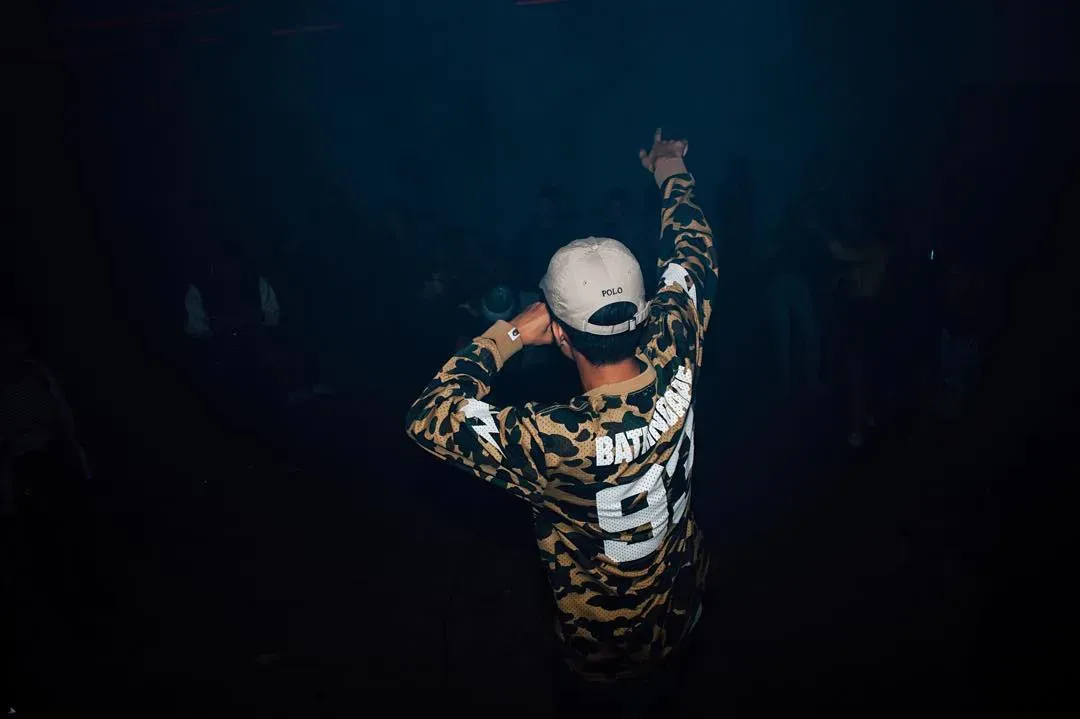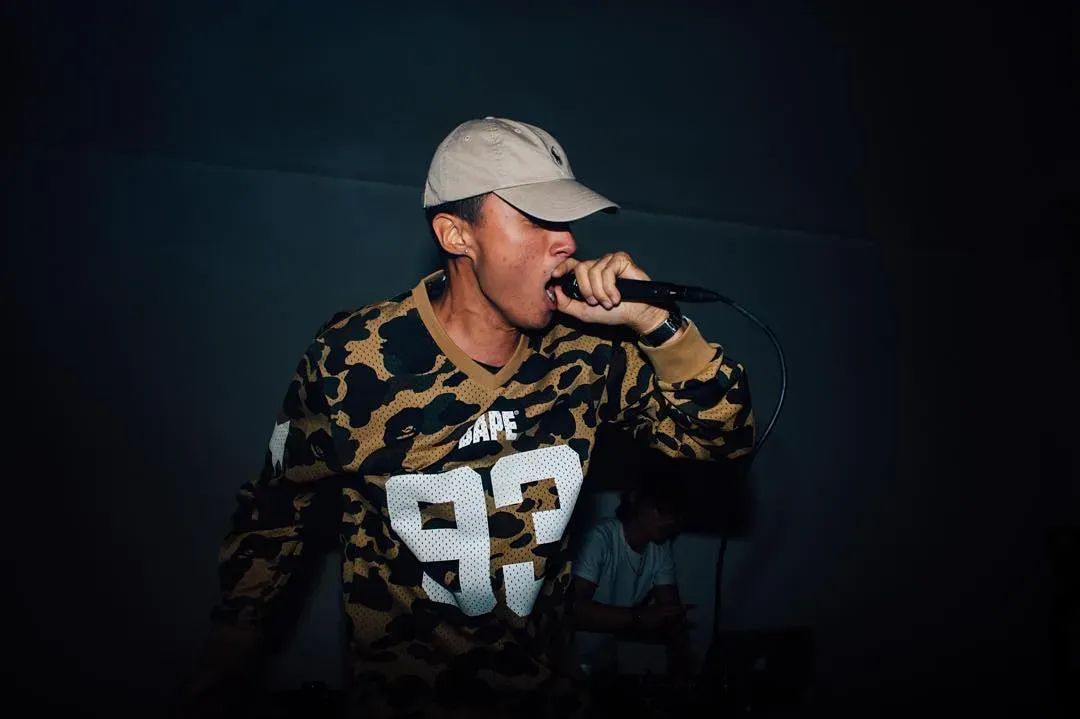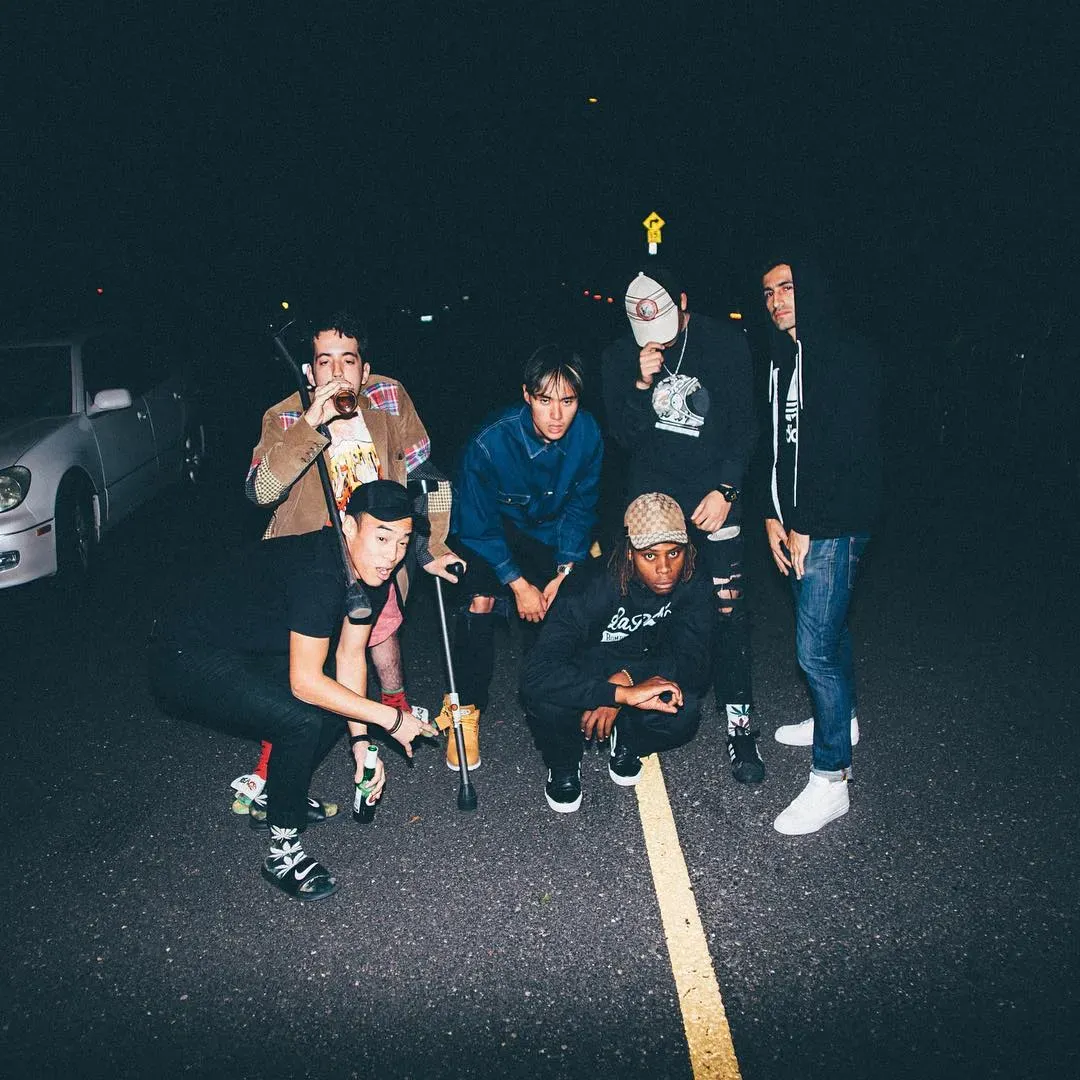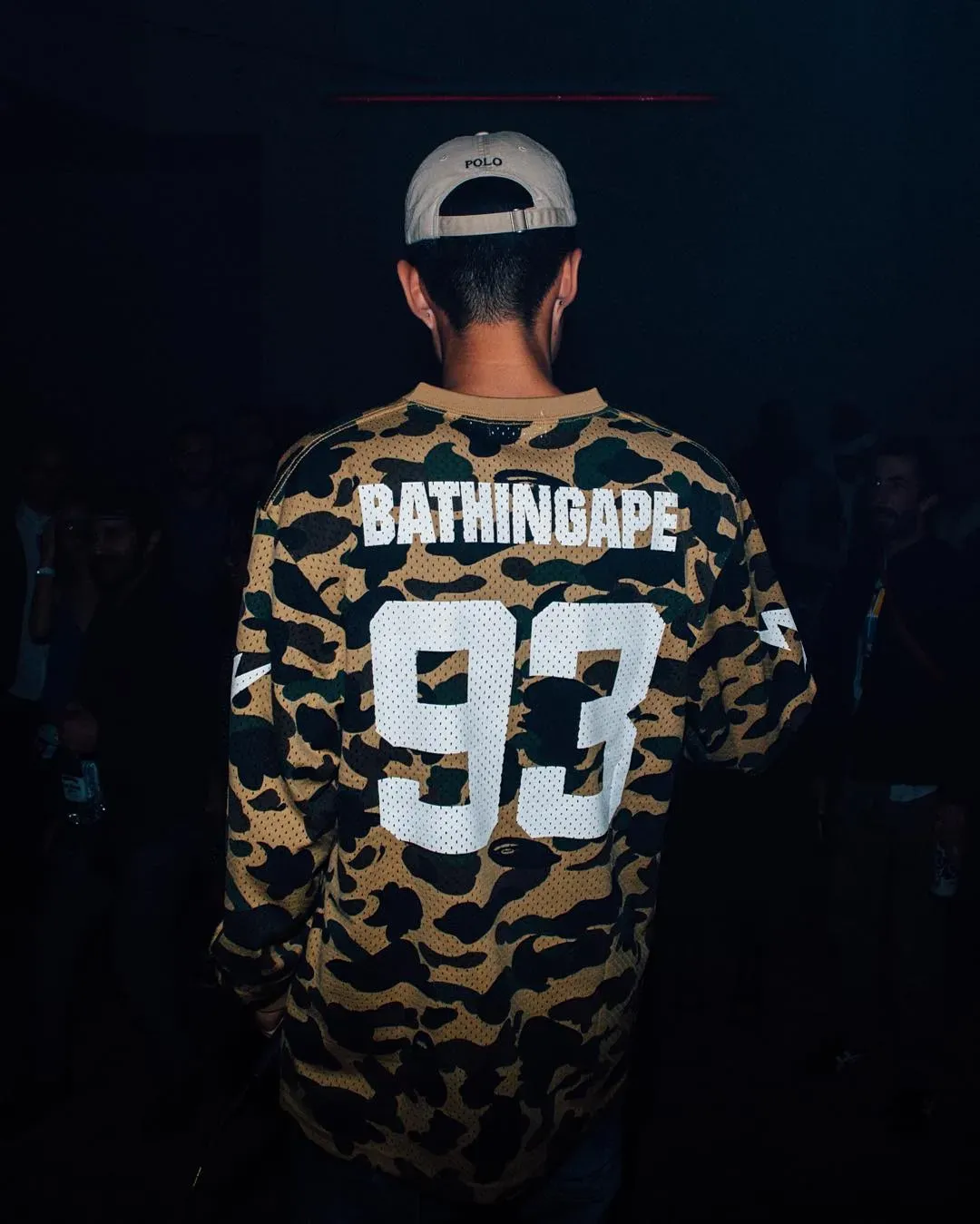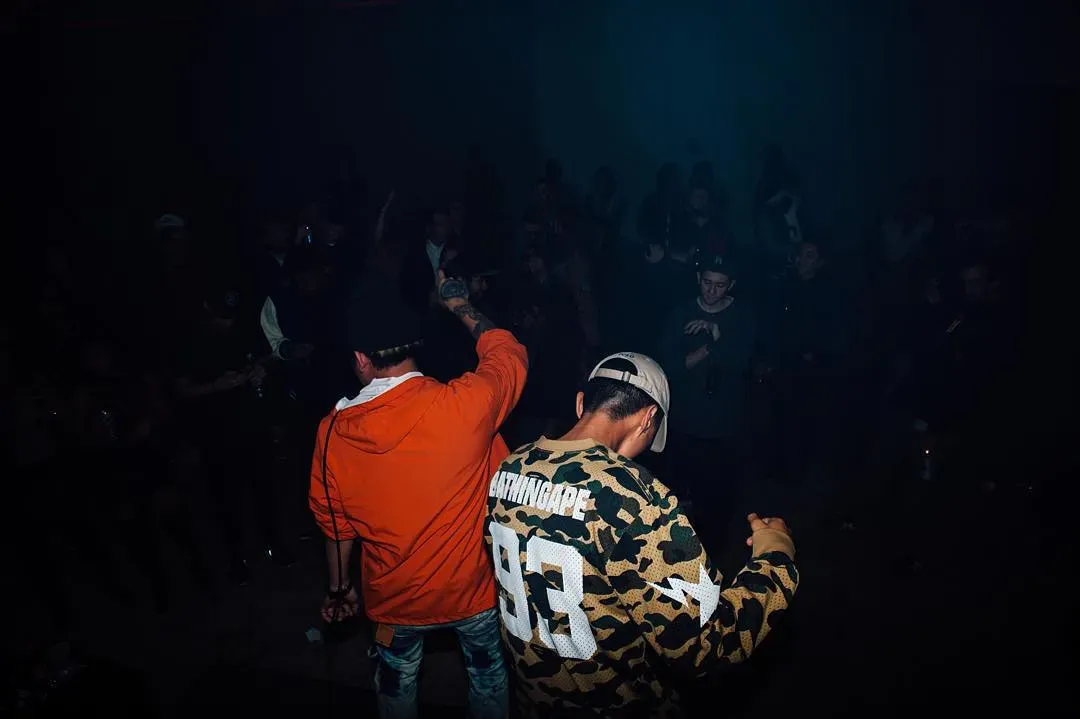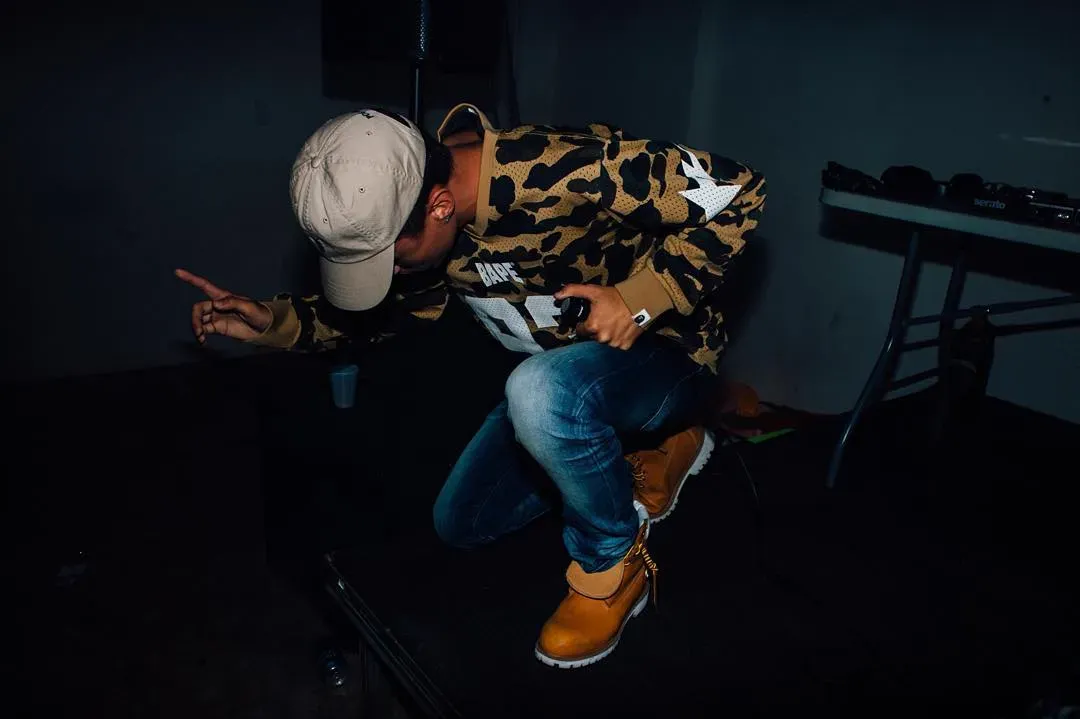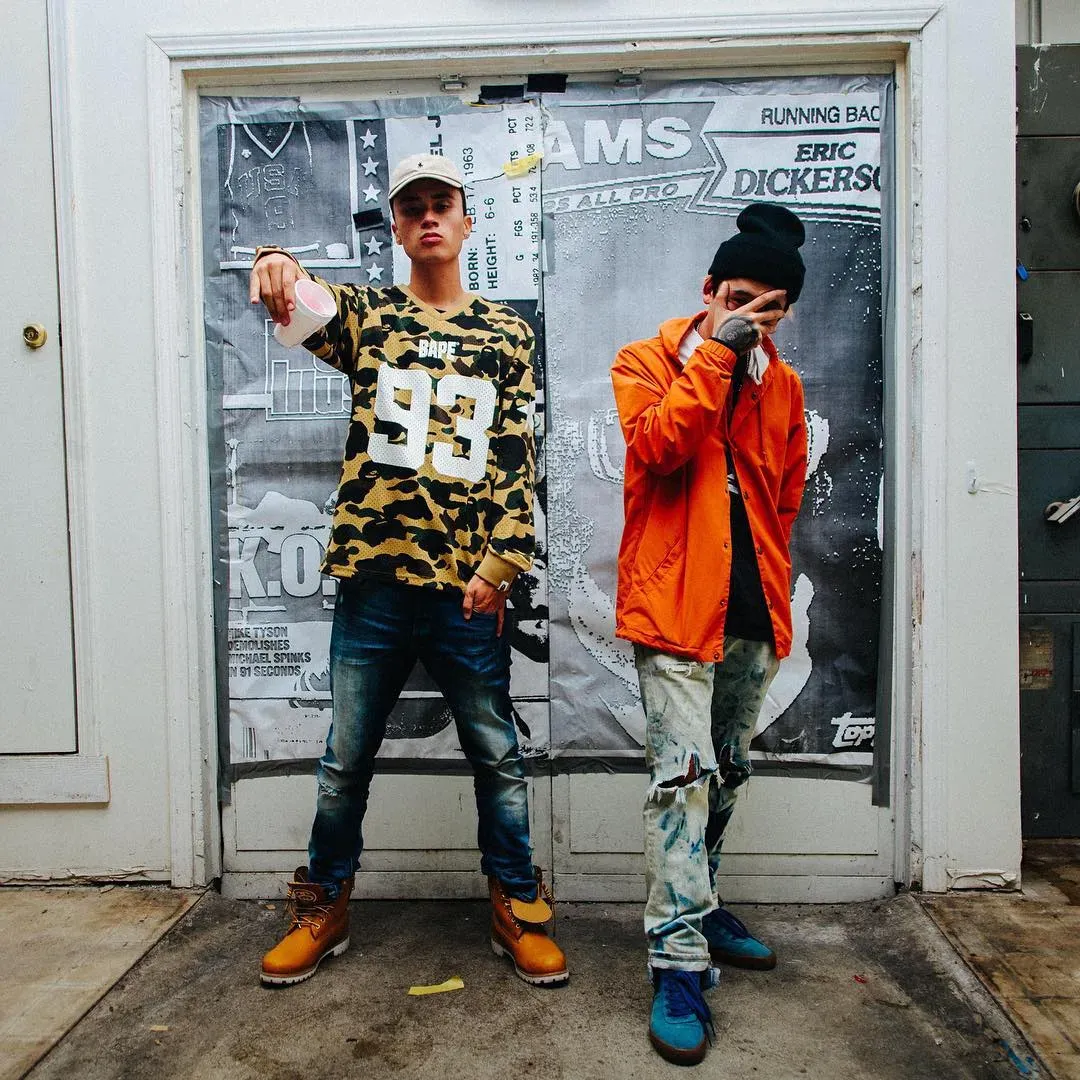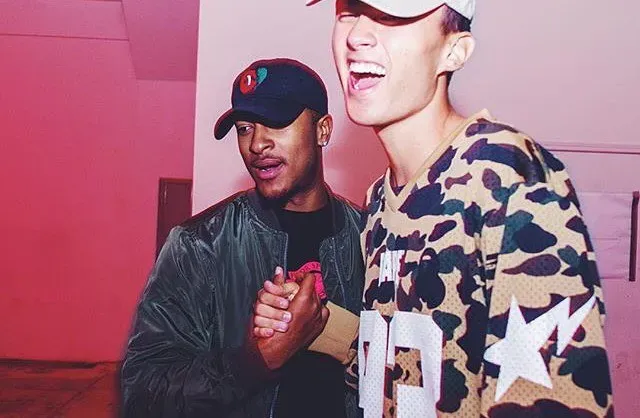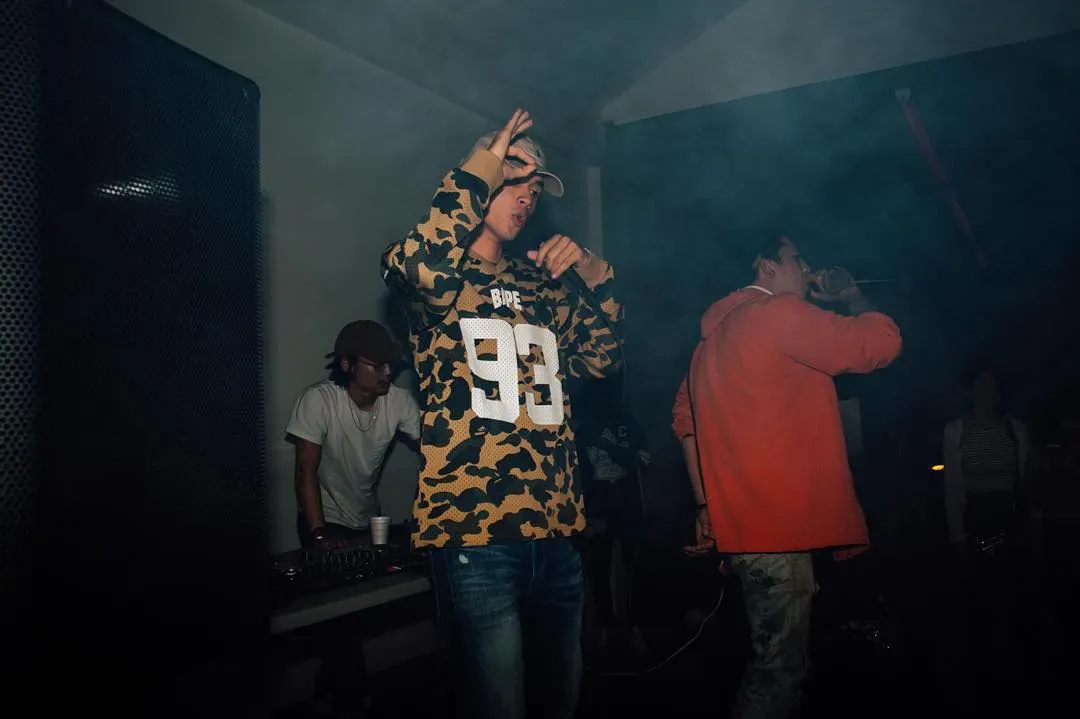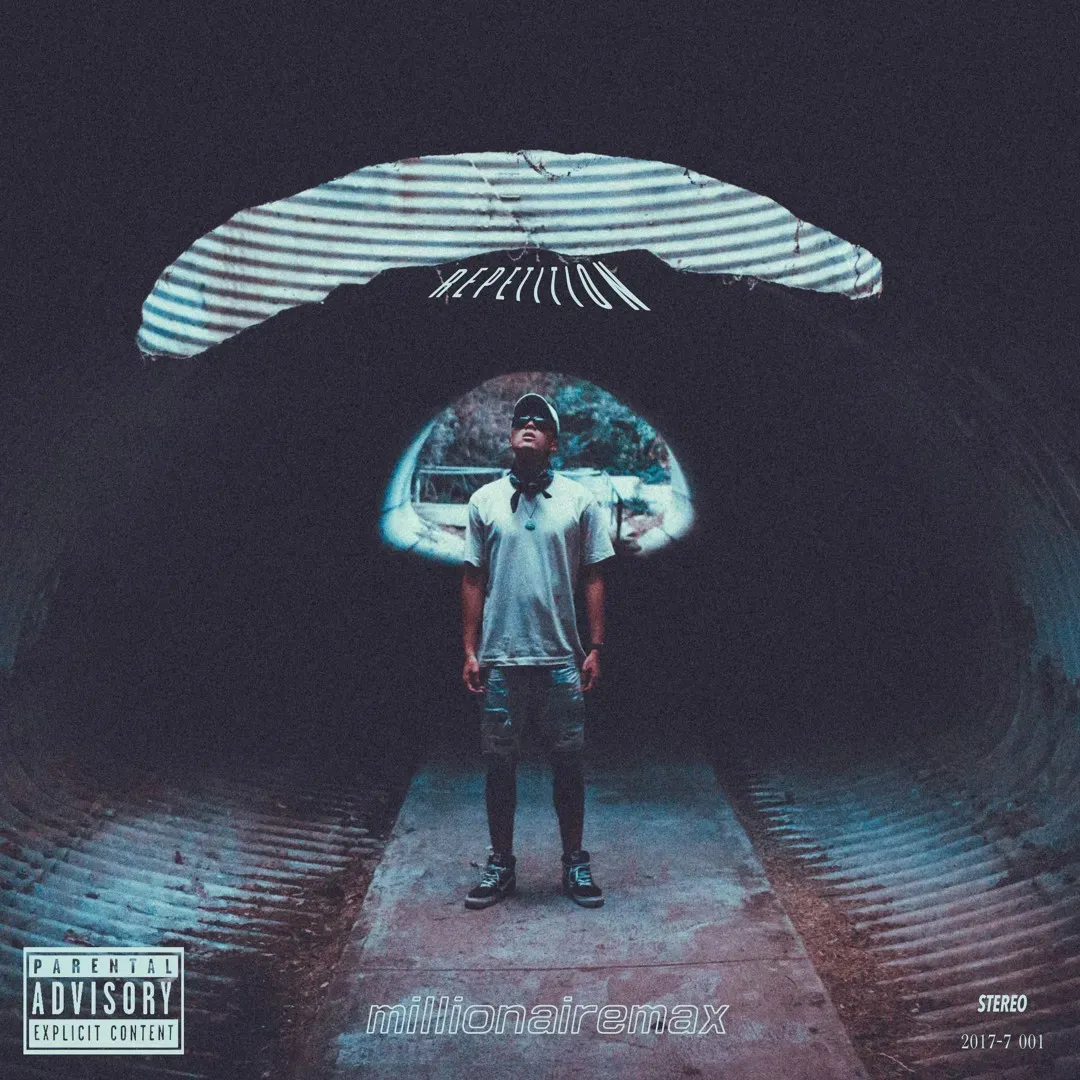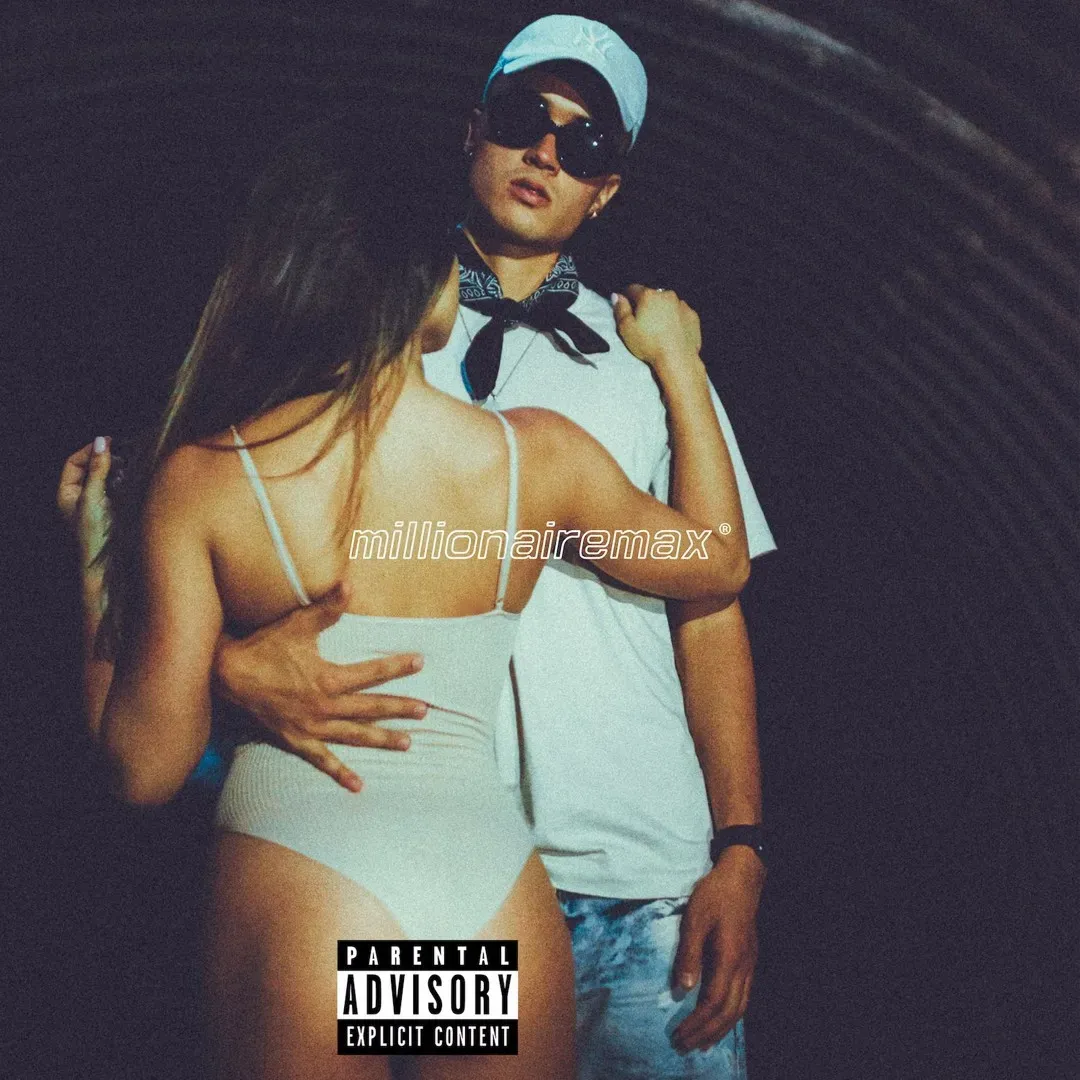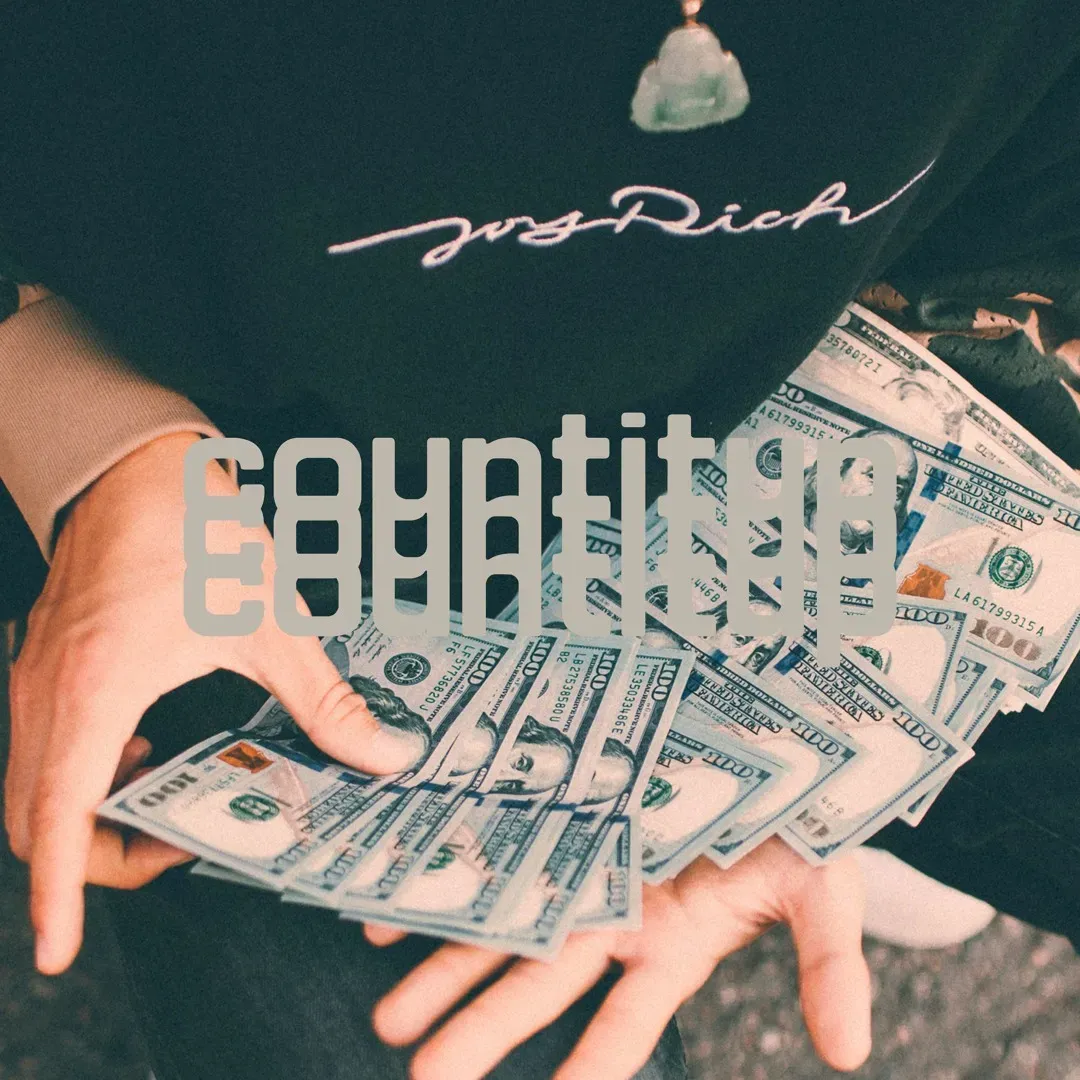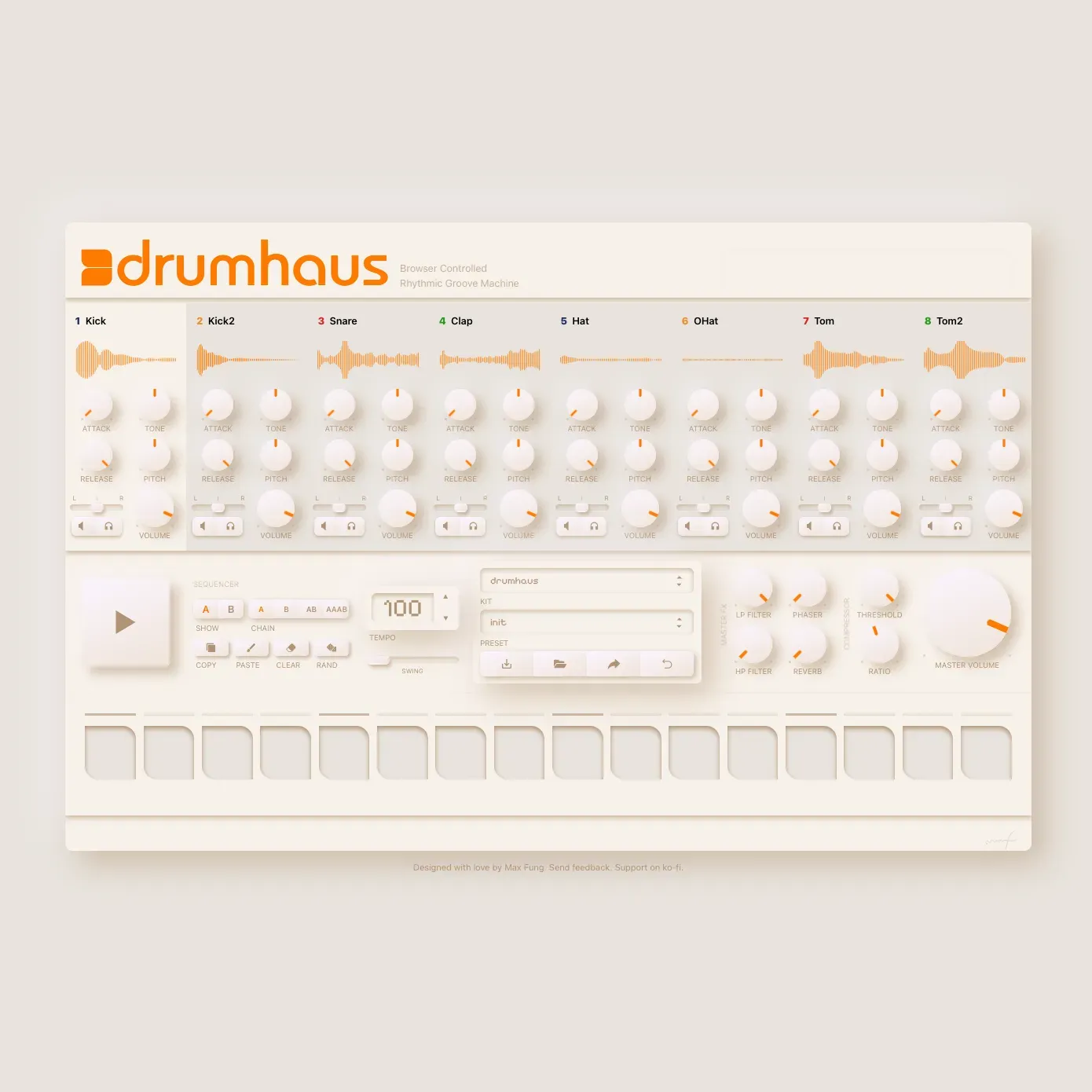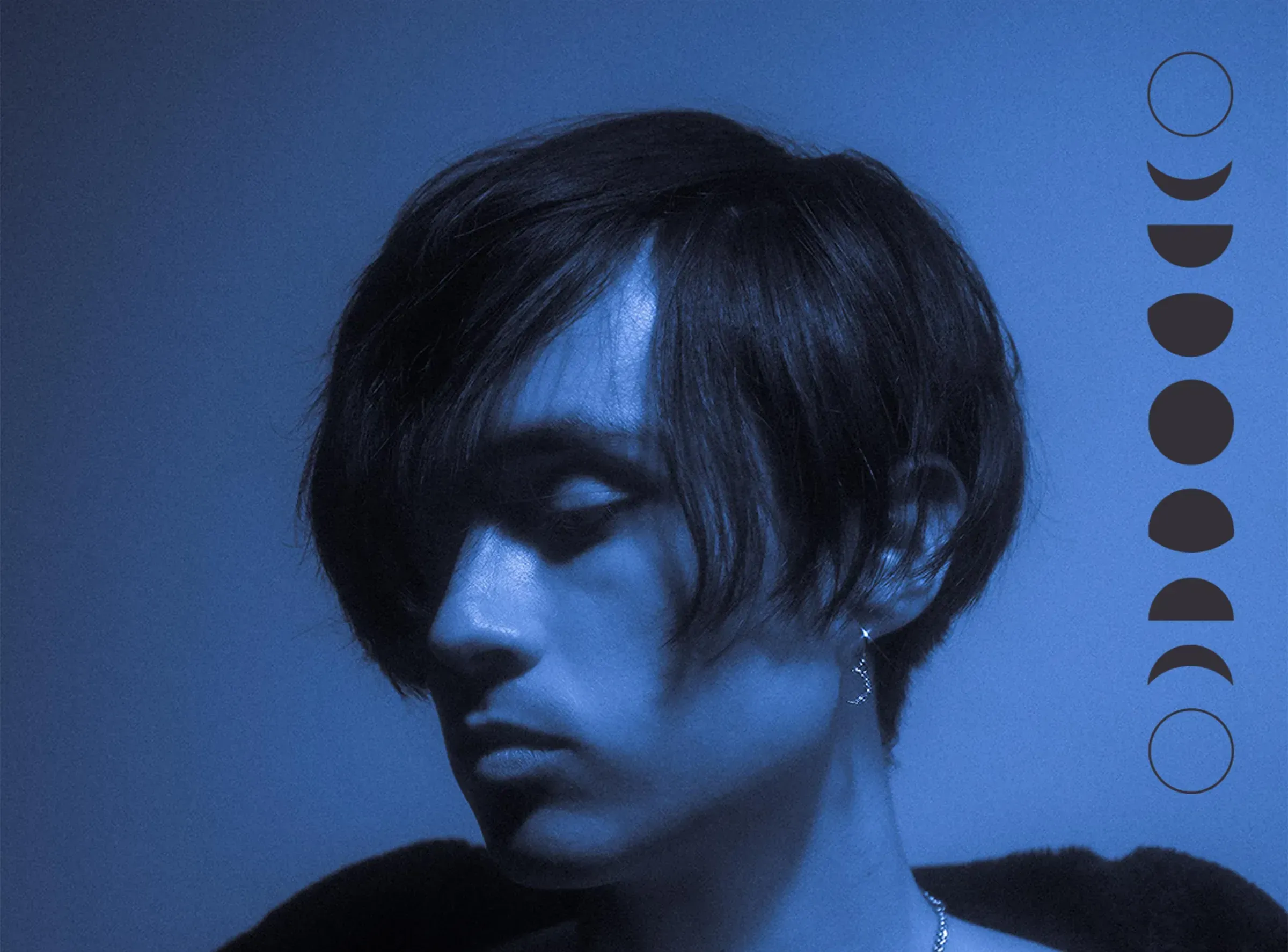Millionaire Max was the alias I used while writing, producing, and performing hip hop between 2015 and 2018. What started as genuine admiration for the genre quickly became an obsession. I recorded hundreds of tracks during that time, often chasing an identity I hadn’t fully grown into.
Several of the songs gained traction on SoundCloud, reaching over 100,000 plays before I made the catalog private. The decision was equal parts artistic evolution and personal discomfort. As I matured, the themes I had explored began to feel disconnected from who I was becoming.
A few songs still hold up. Repetition was a rare moment of clarity—a self-critical reflection on insecurity, ego, and escapism. Legends, which was never released, may have been the project’s most defining work. It was a heavy, autotuned anthem that nearly led to a ghostwriting deal, offered only if I agreed to leave college behind.
This era also marked an experimental shift in my visual language. The cover art became a crucial part of the mythology. Each image played with identity and spectacle. The Count It Up artwork distorts typography into a chant. Spalding was a fantastic memory, where we literally set a basketball on fire to achieve an unparallelled dramatic visual effect.
A Great Future was meant to be Millionaire Max’s debut album, and the artwork reimagines the character in manga form, with meticulous, maximalist detail. “Superhero” and “Choose” are more confrontational, echoing the narcissism and absurdity of the era with heavy saturation, brand placement, and erotic tension.
Looking back, the Millionaire Max phase feels like a crash course in identity construction. It was maximal, messy, and sometimes absurd—but undeniably formative. I learned how to build a world, how to perform a persona, and eventually, how to let both dissolve.
